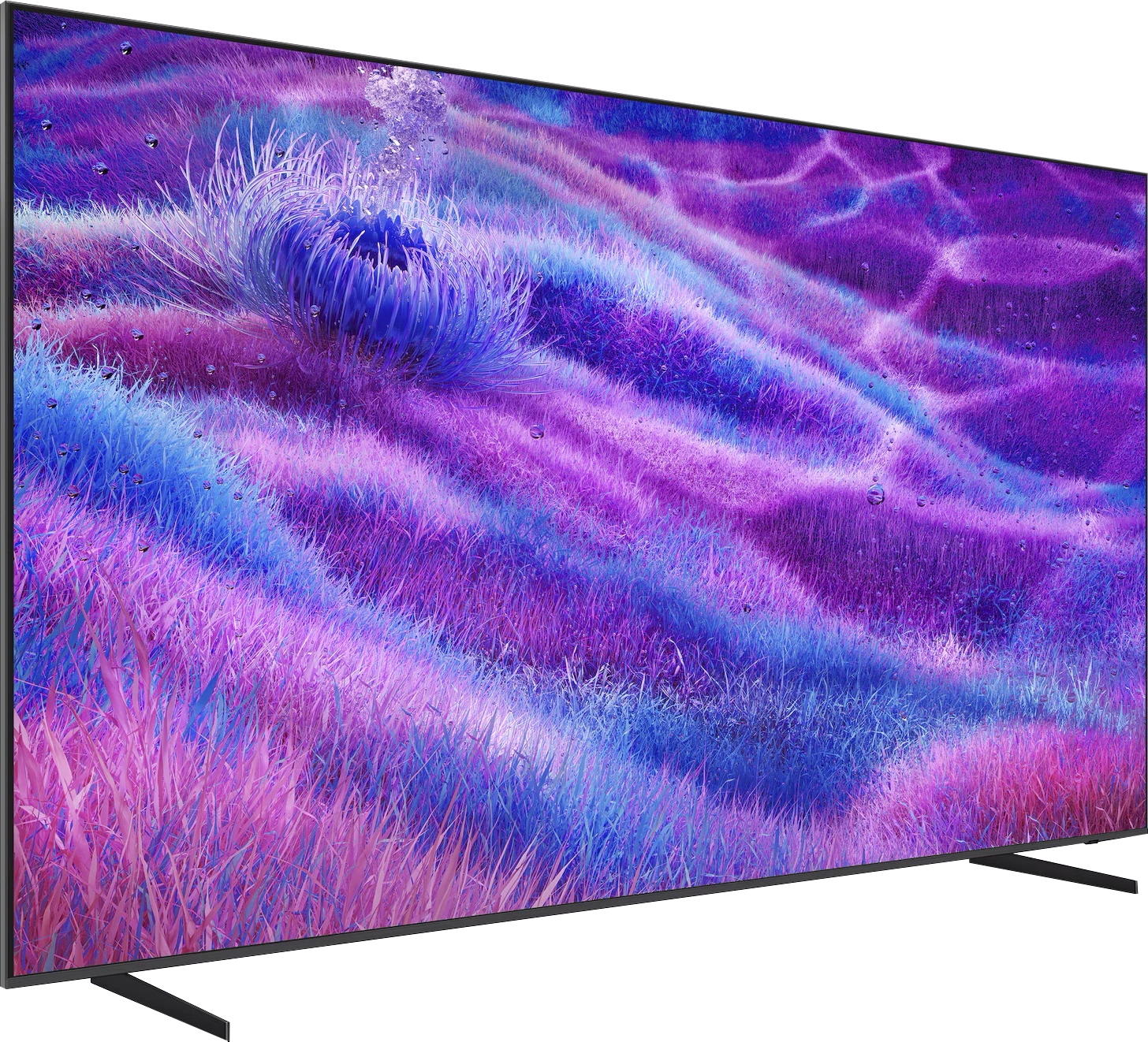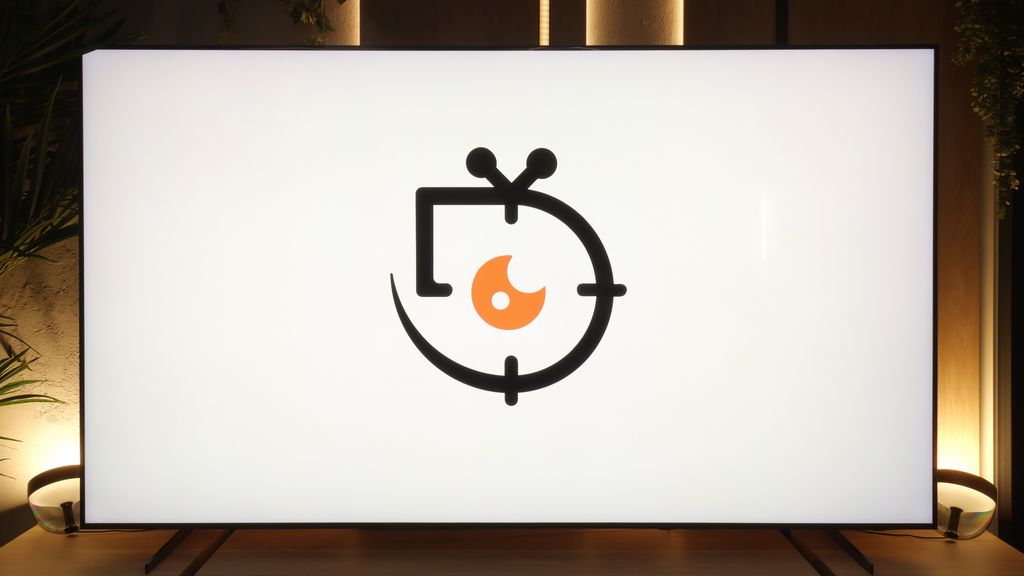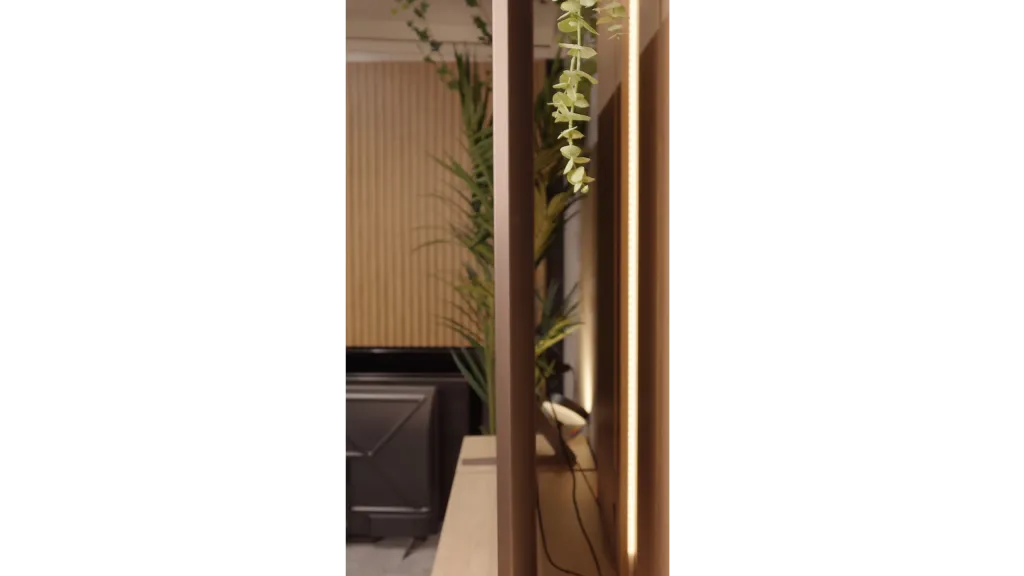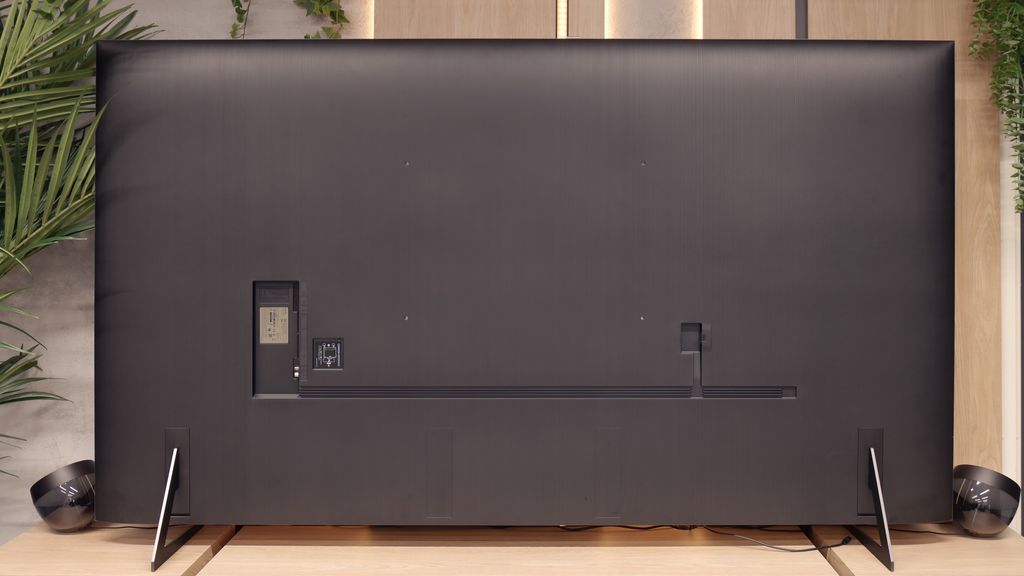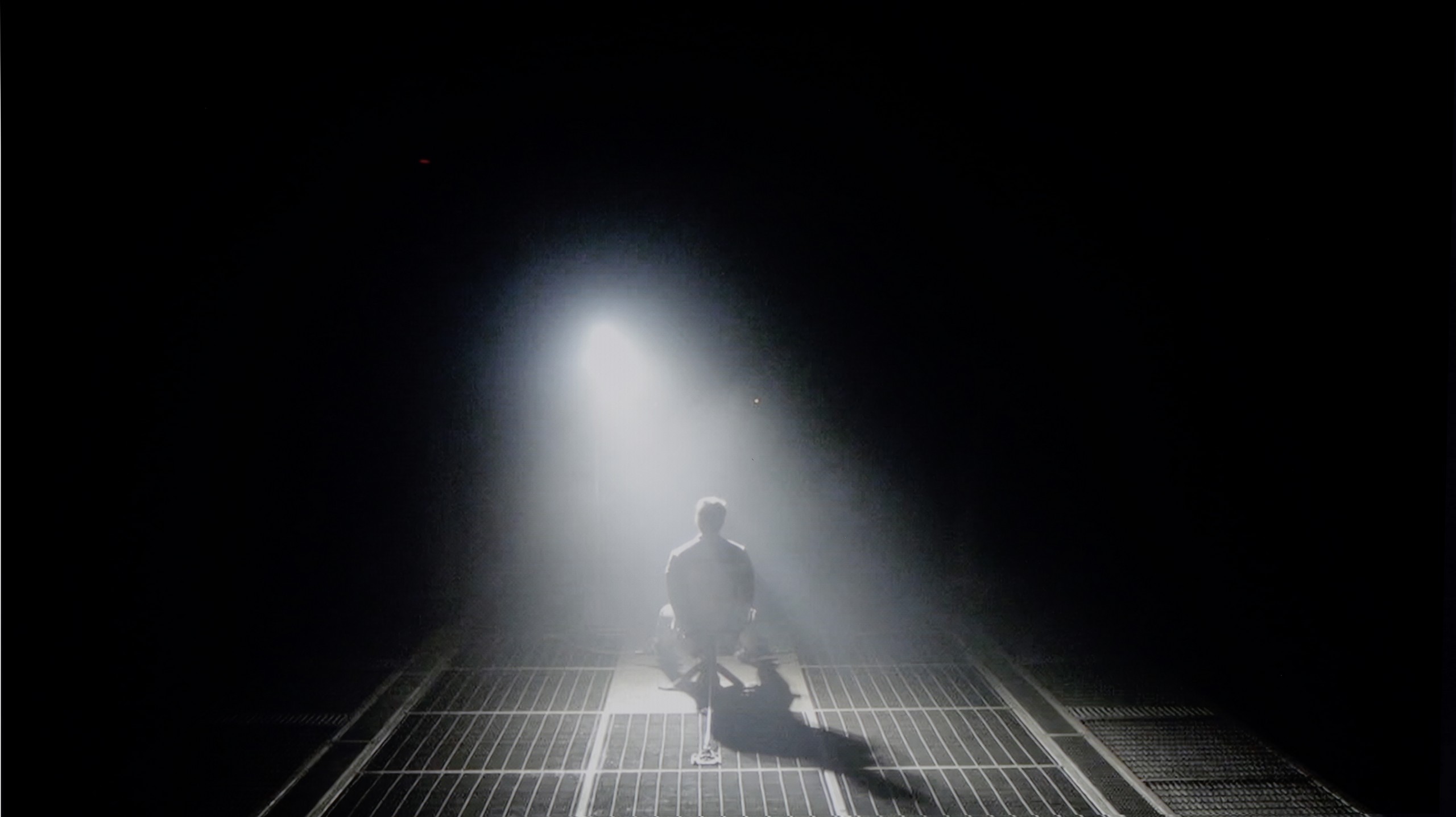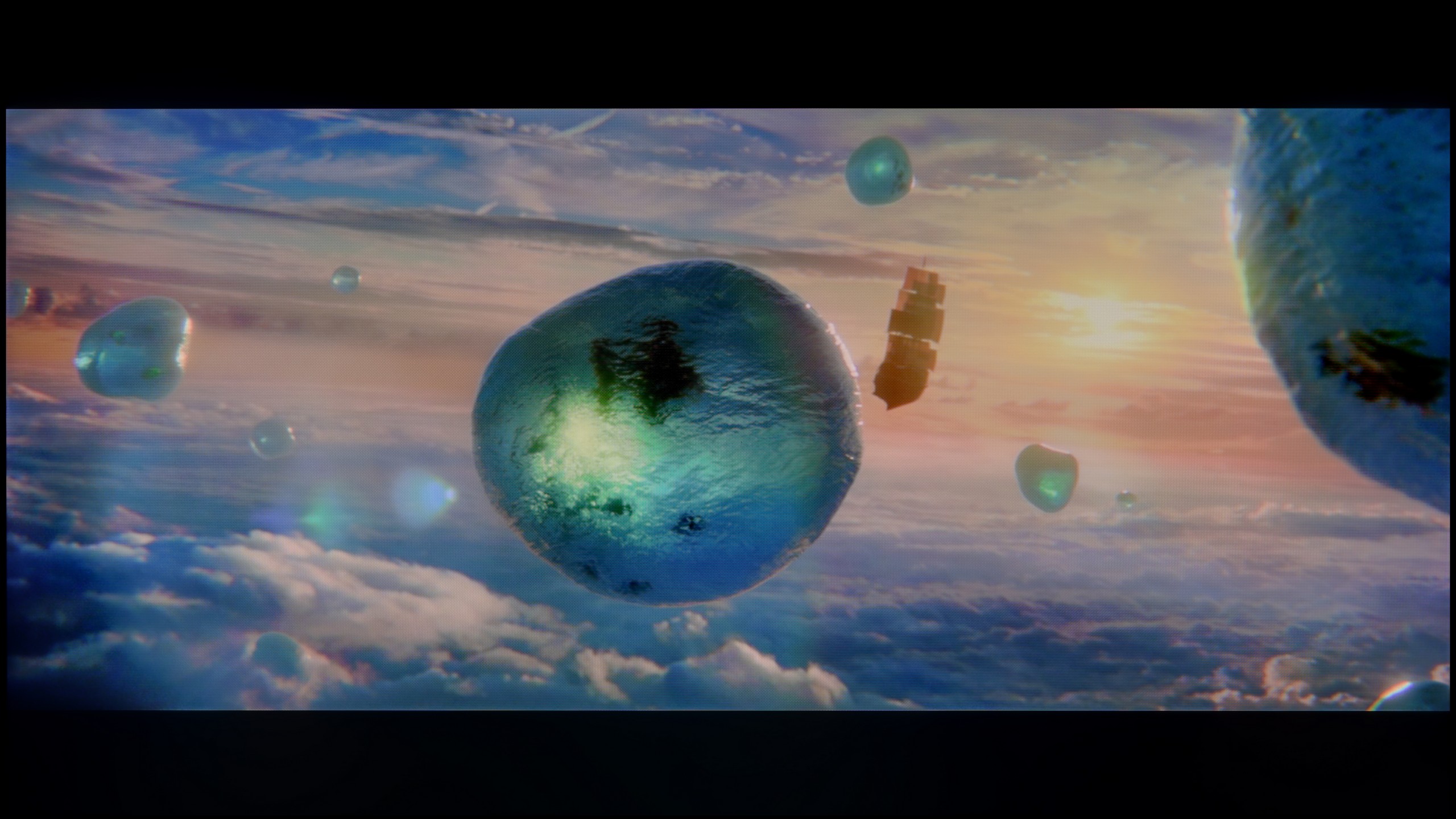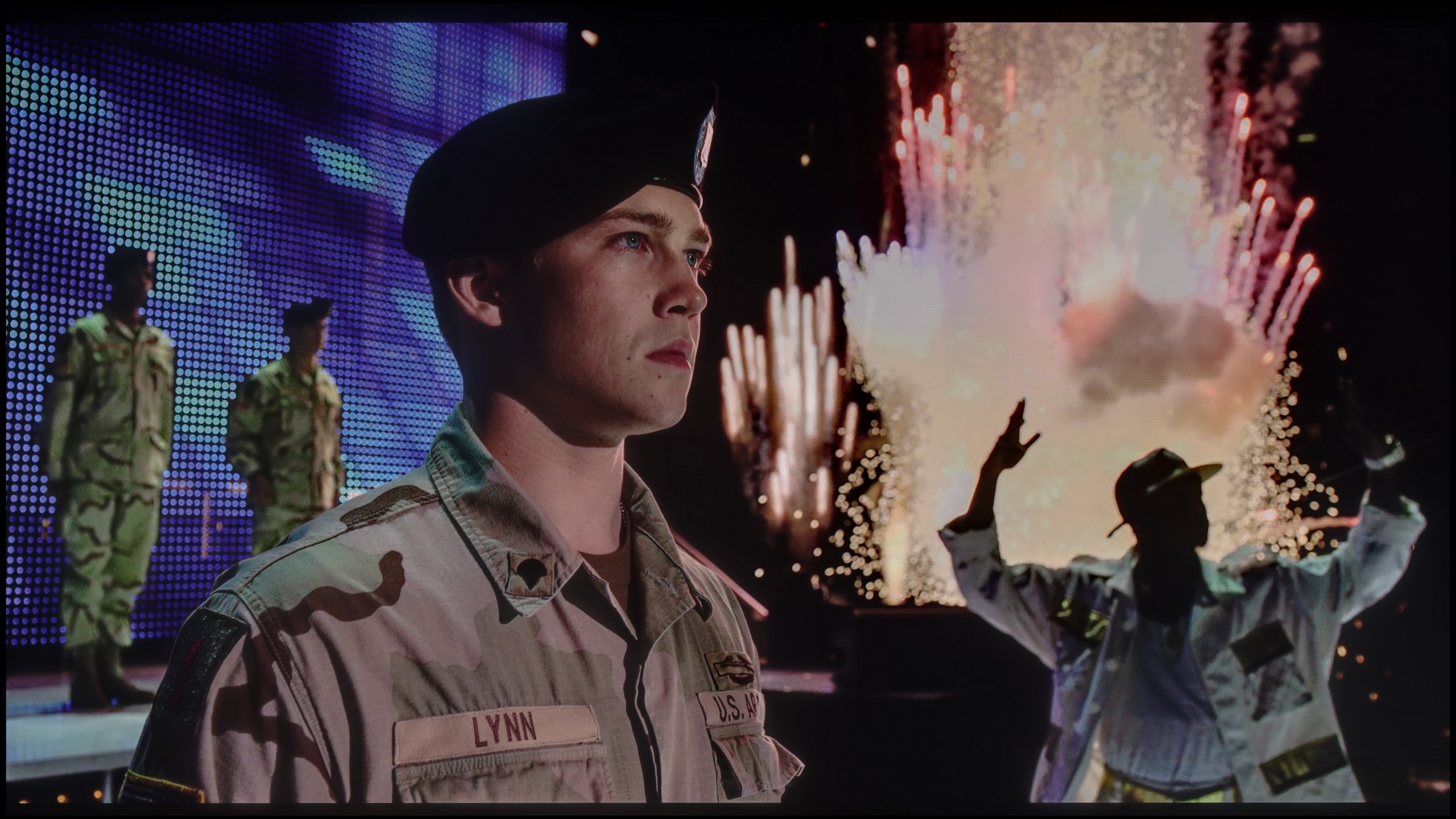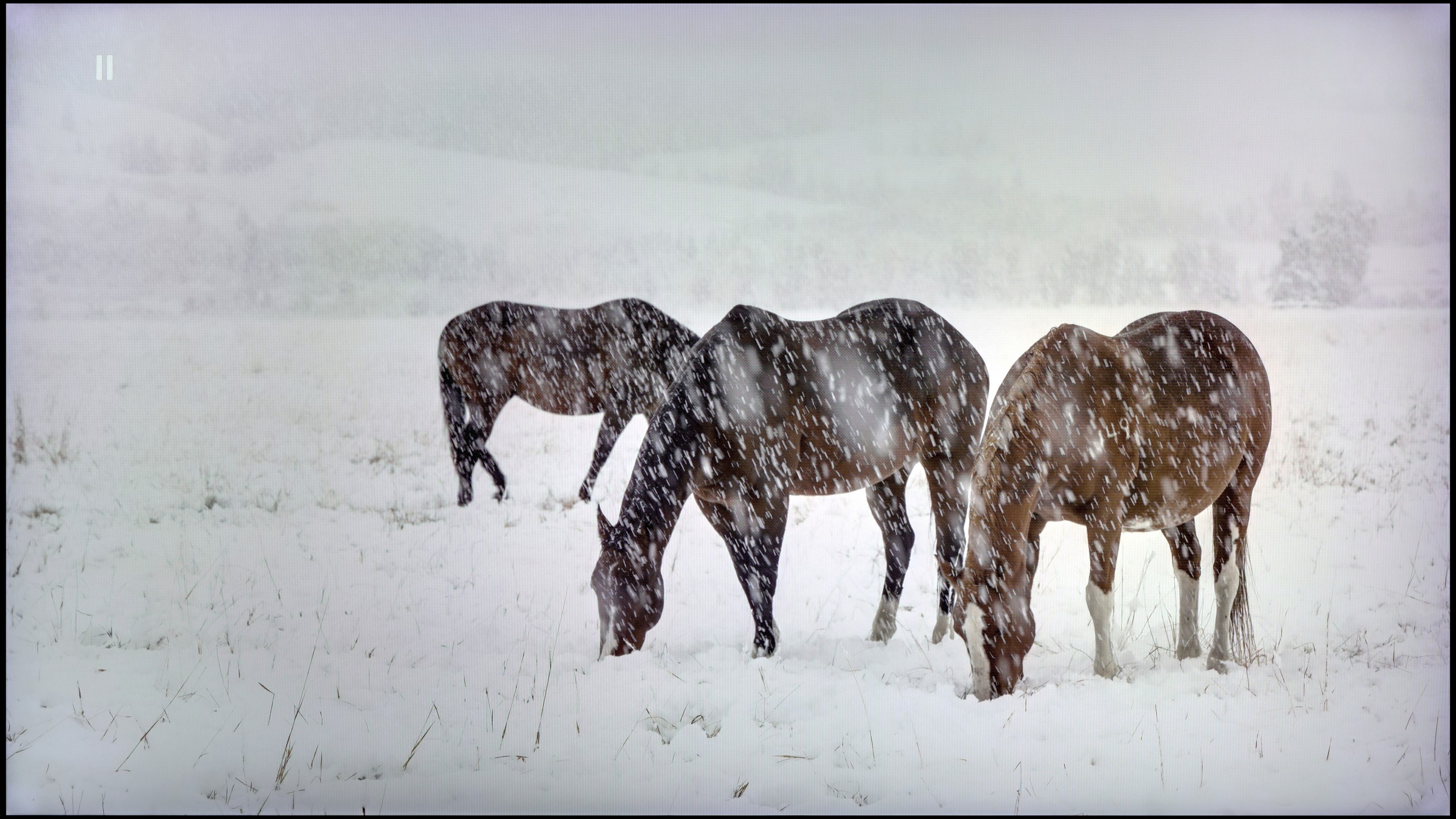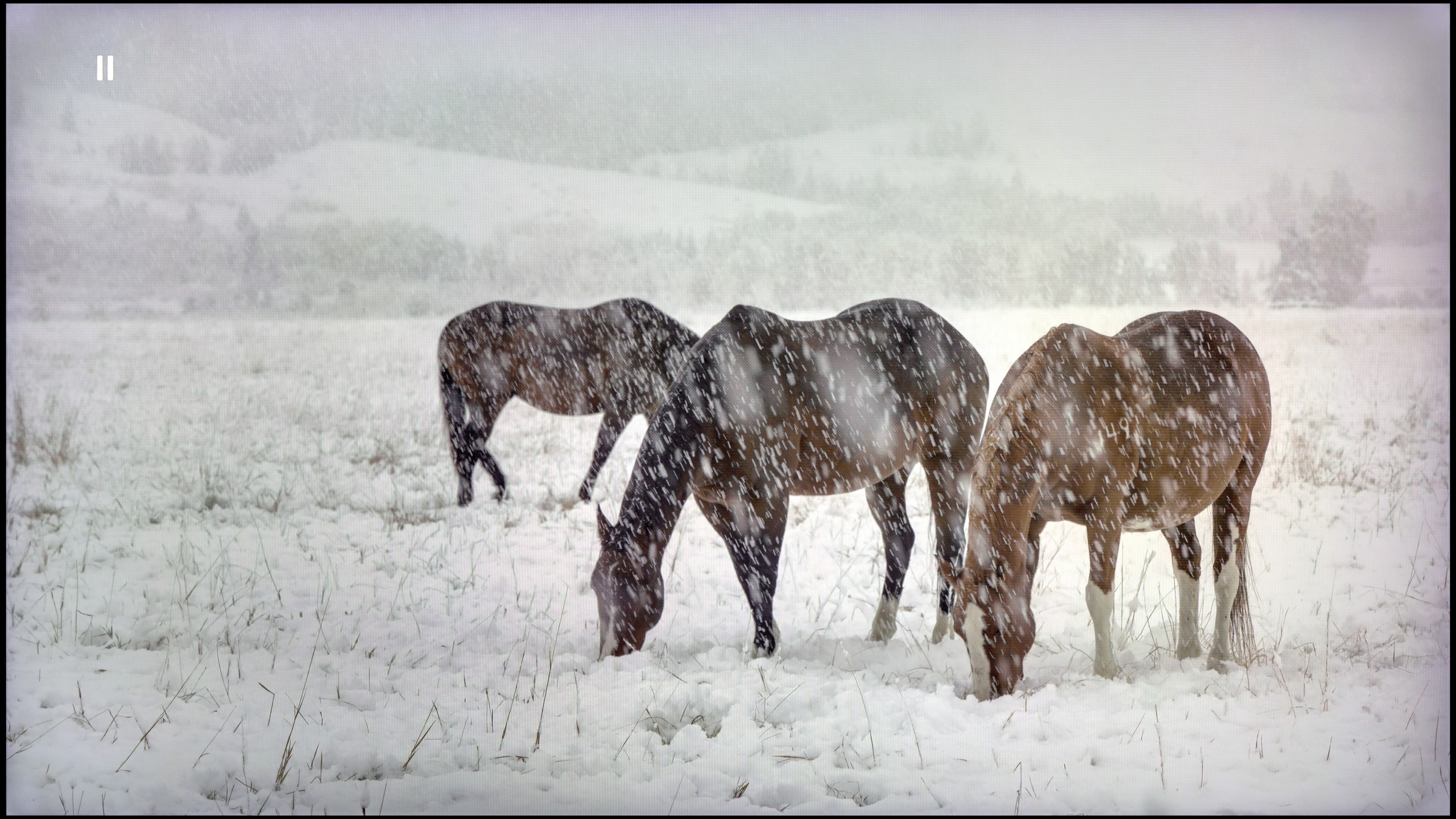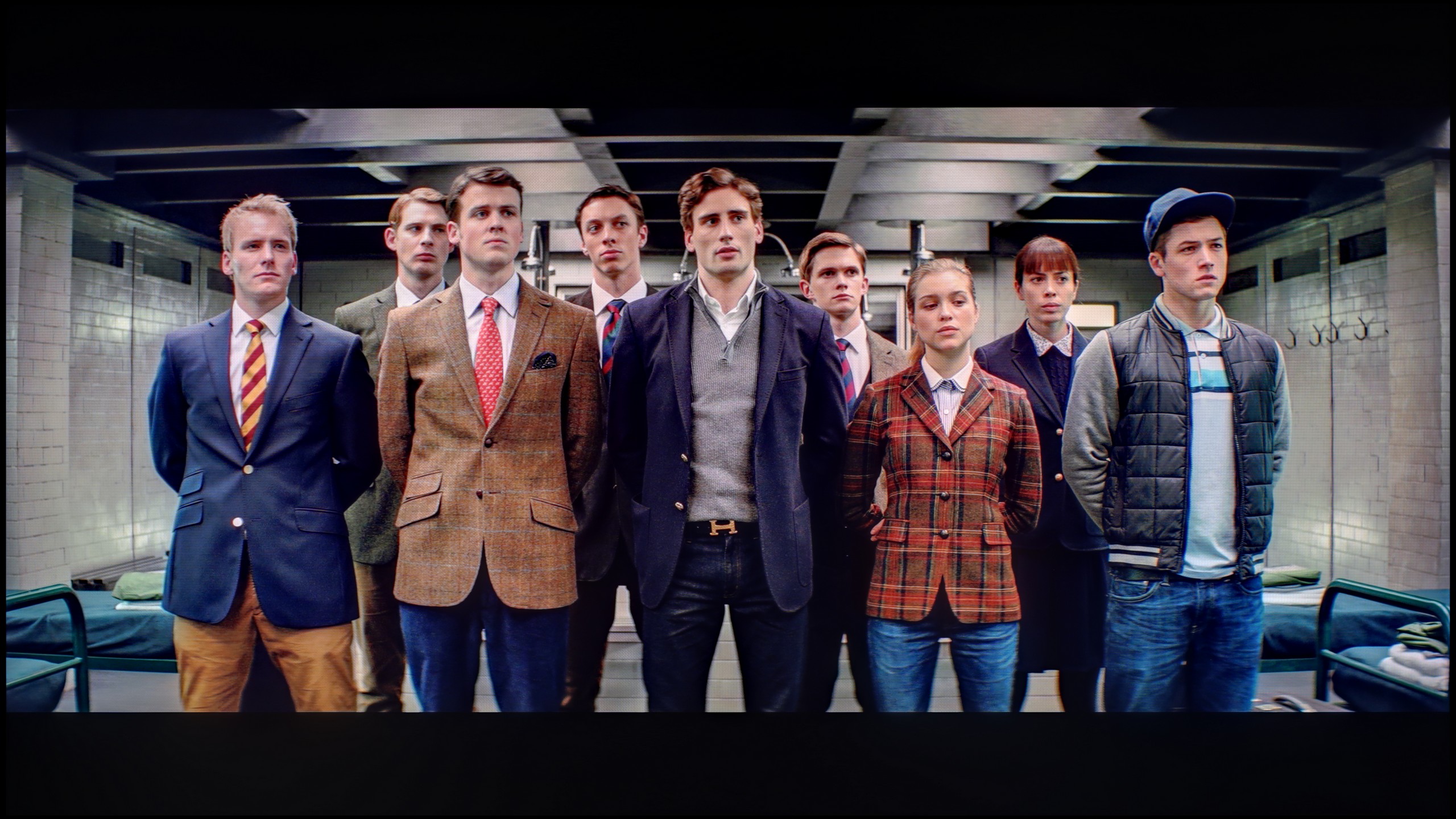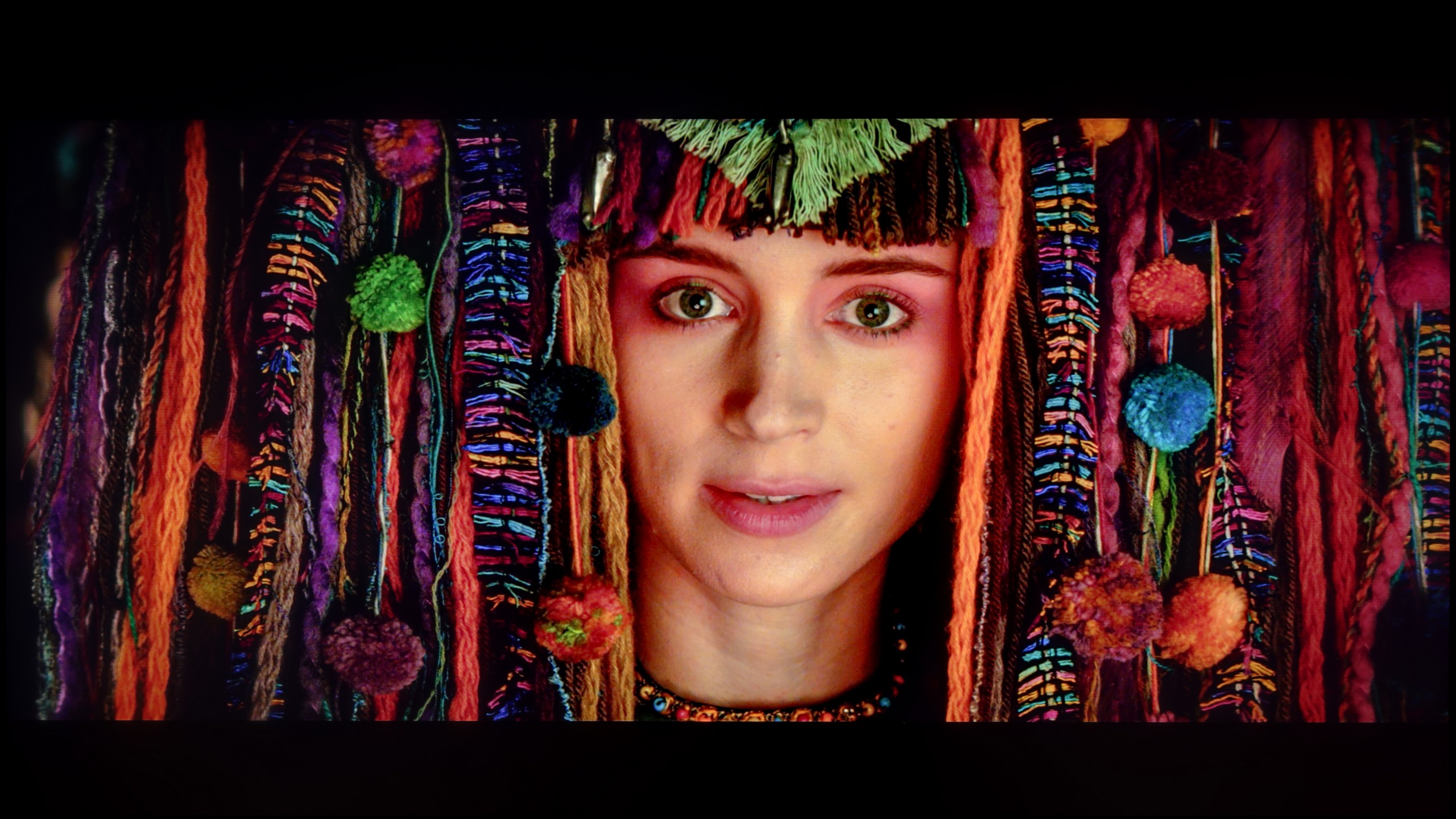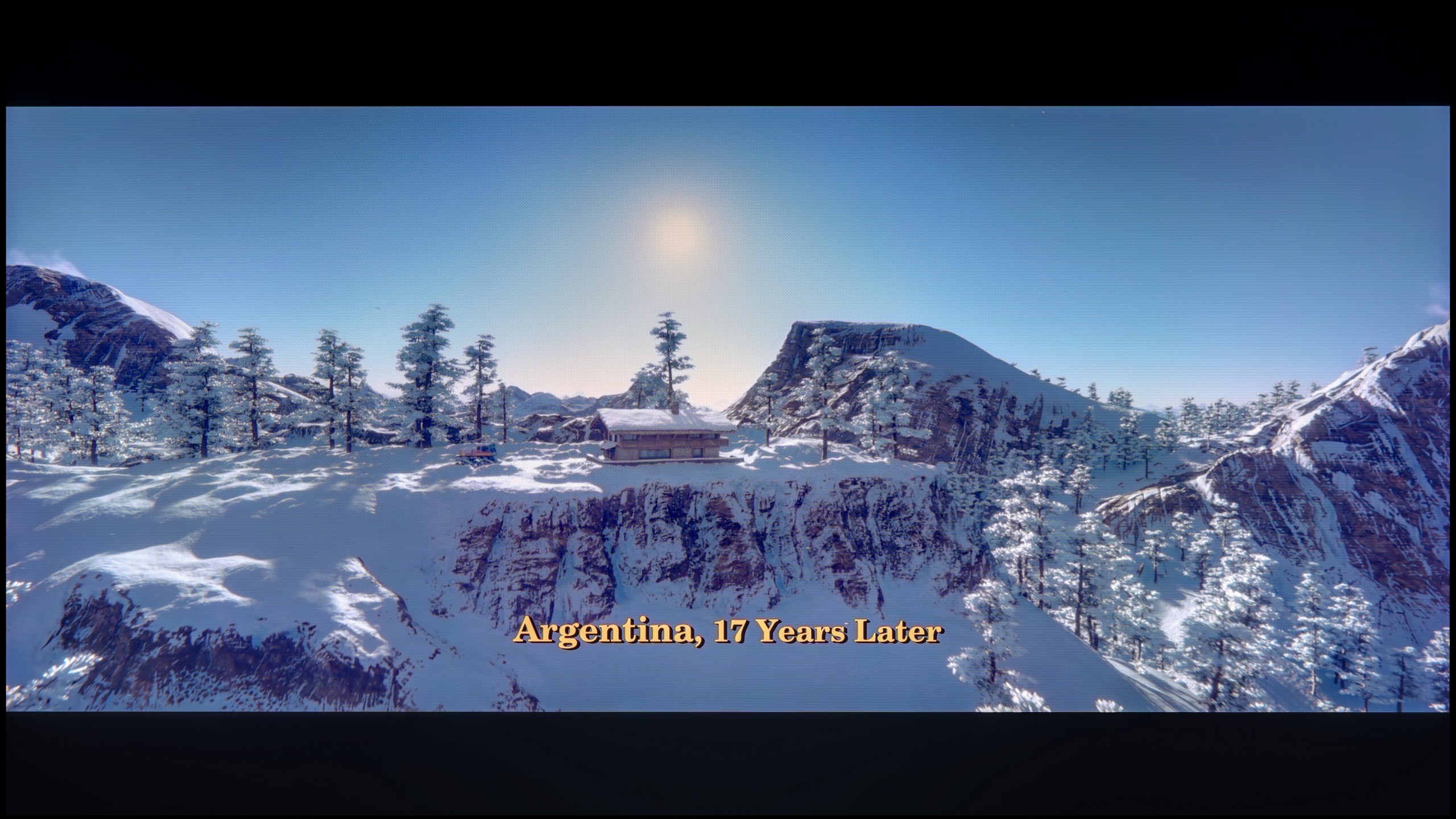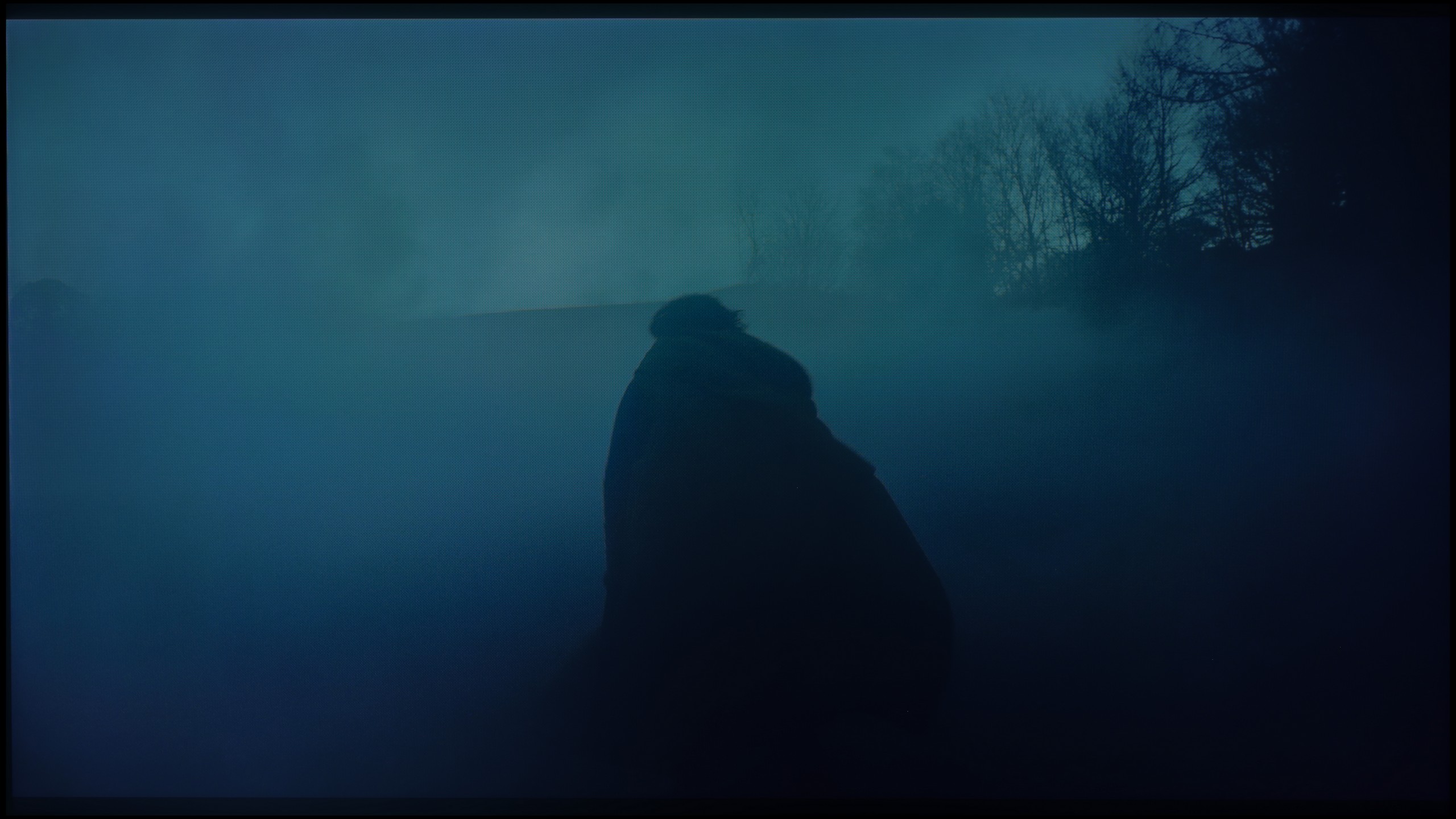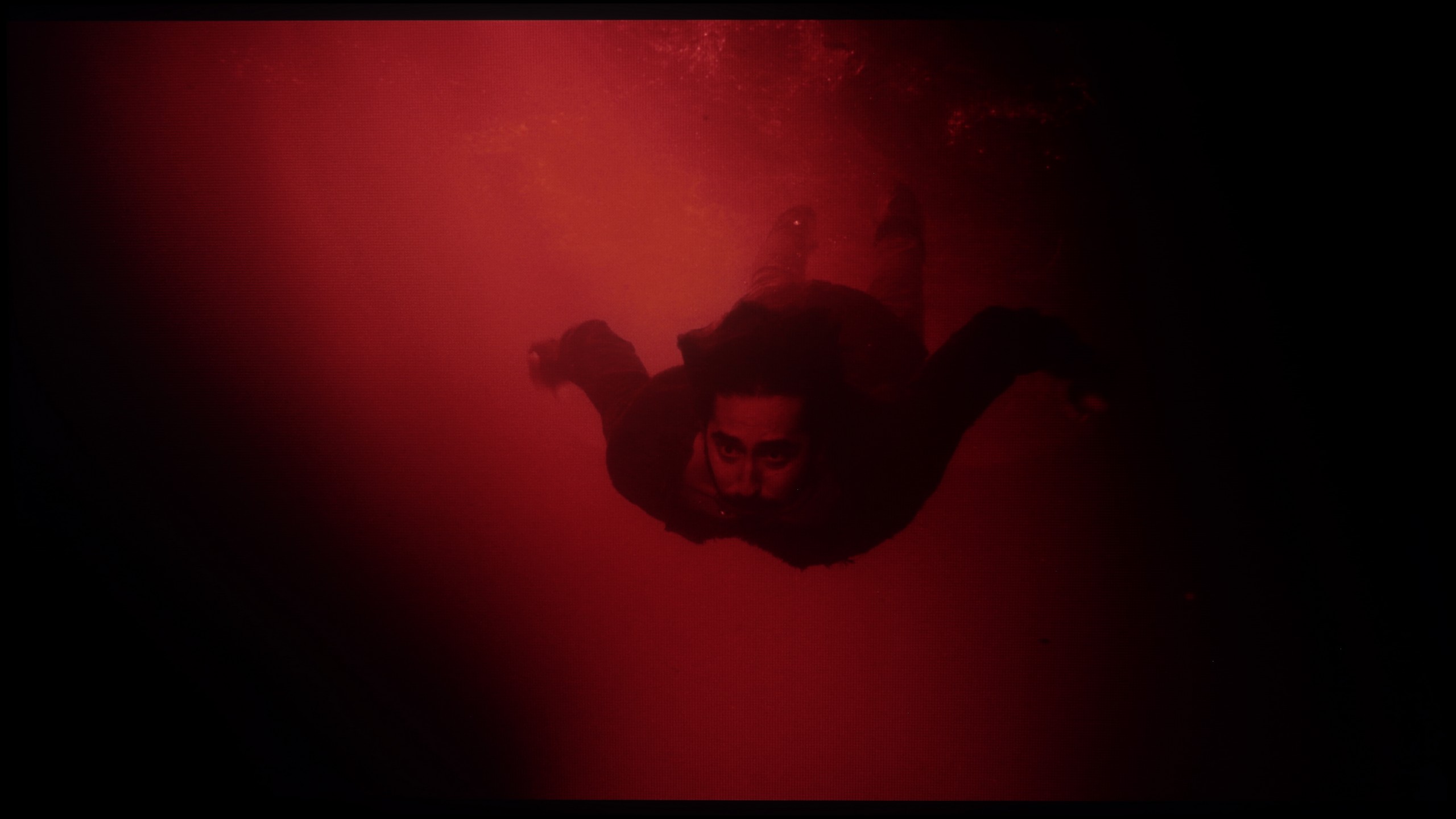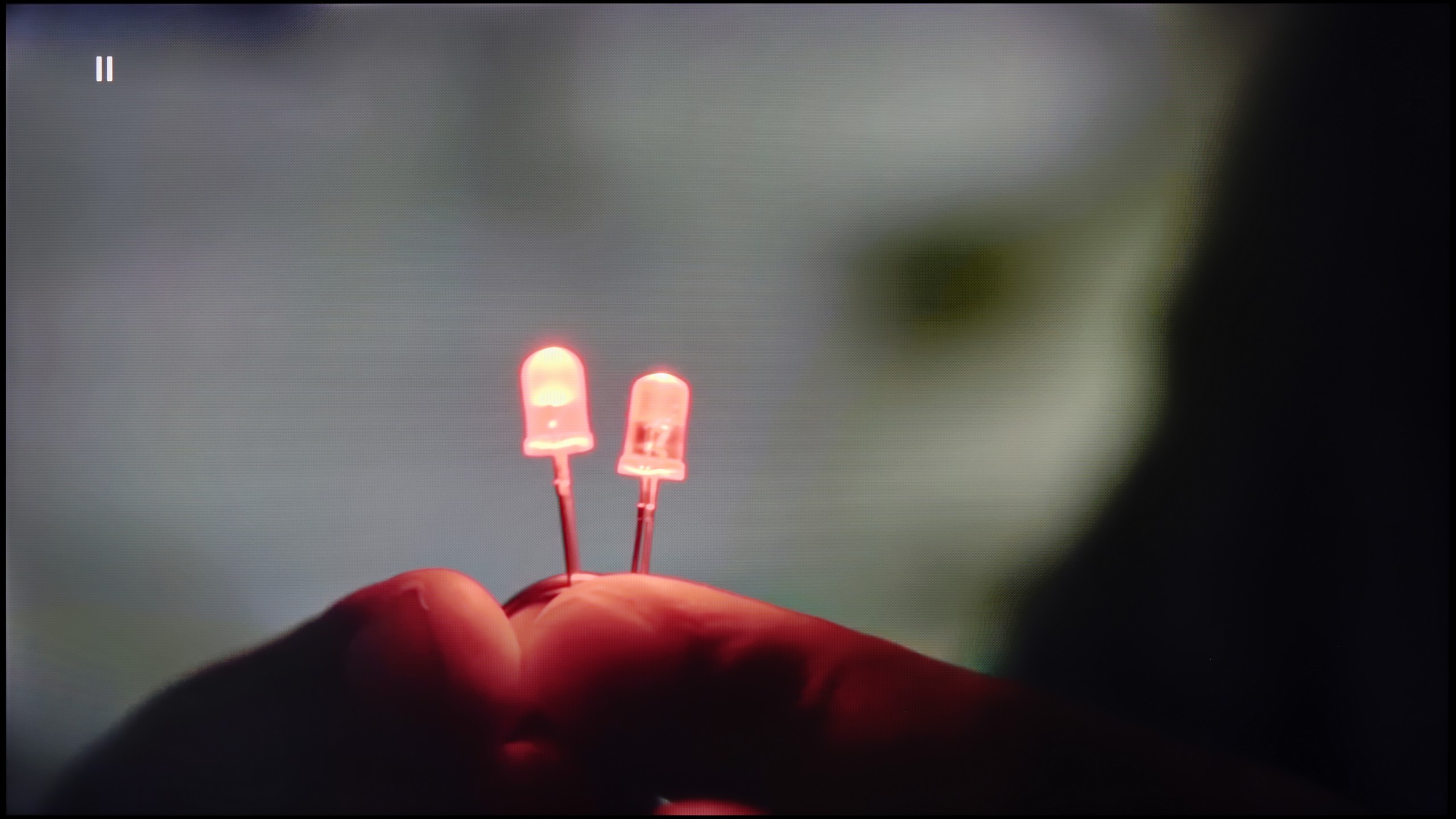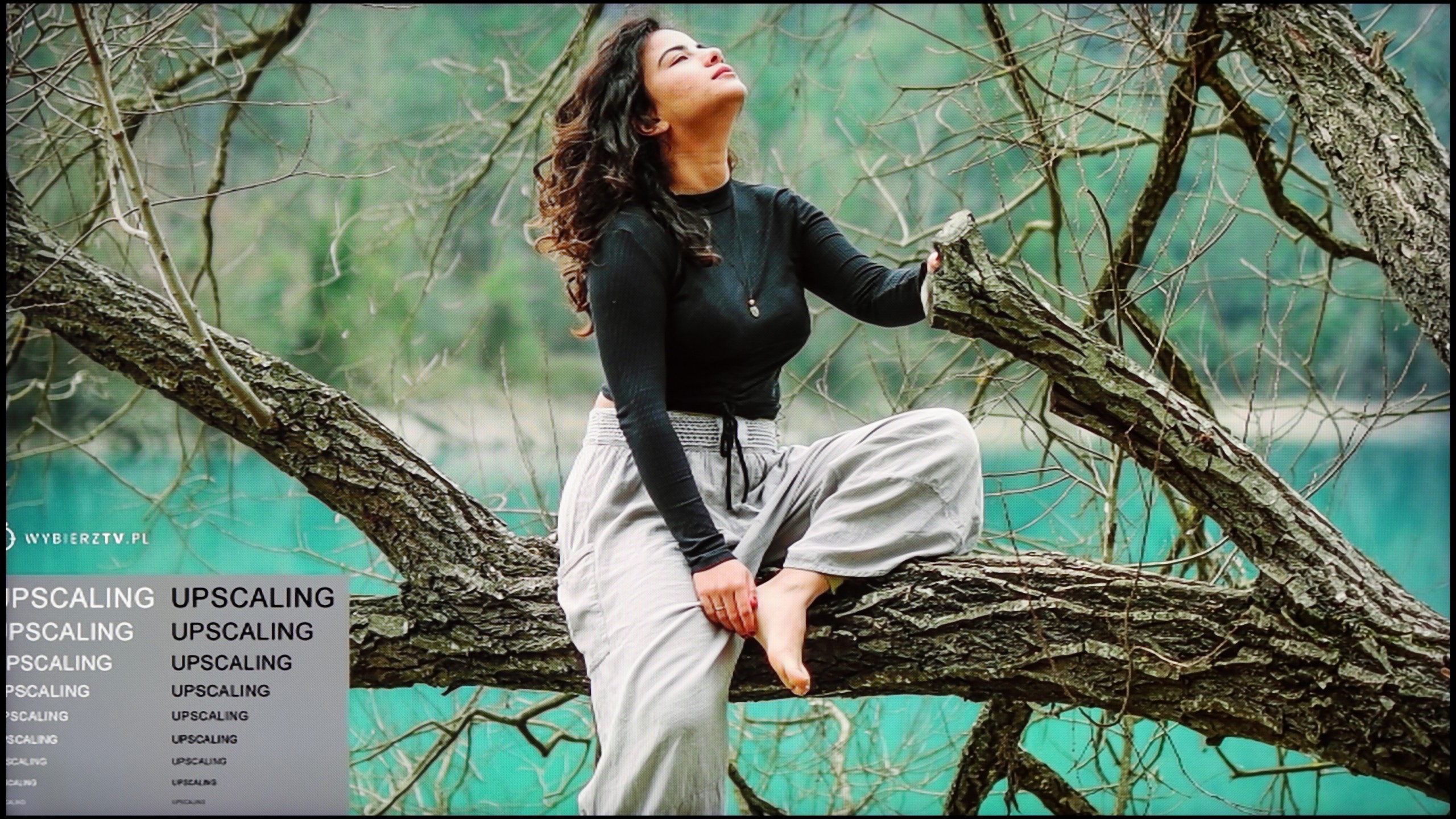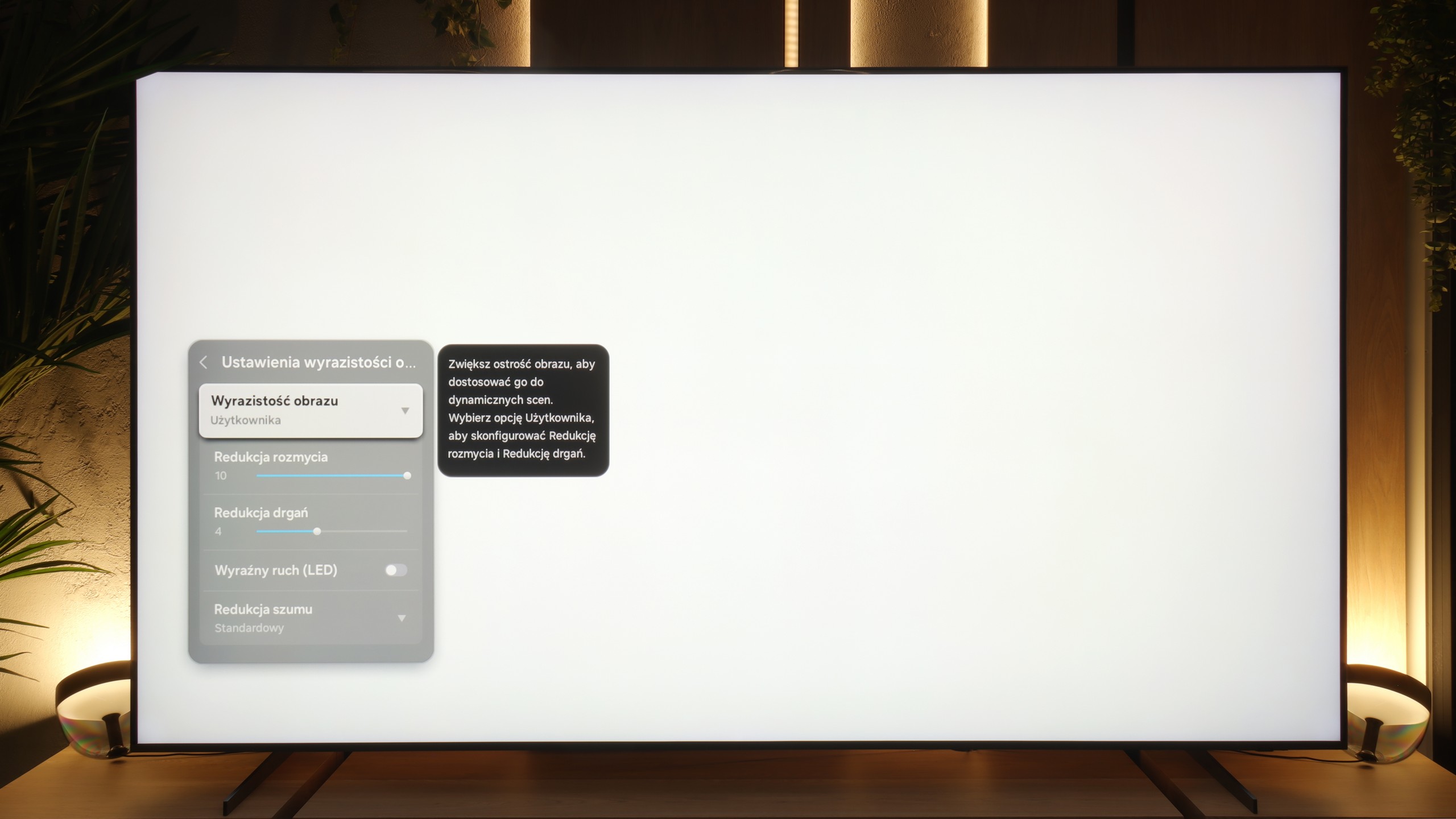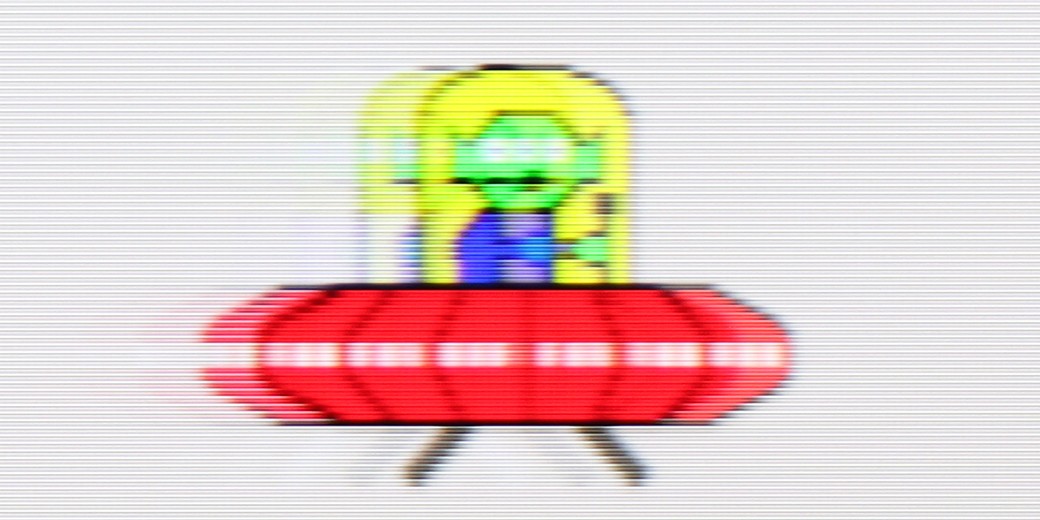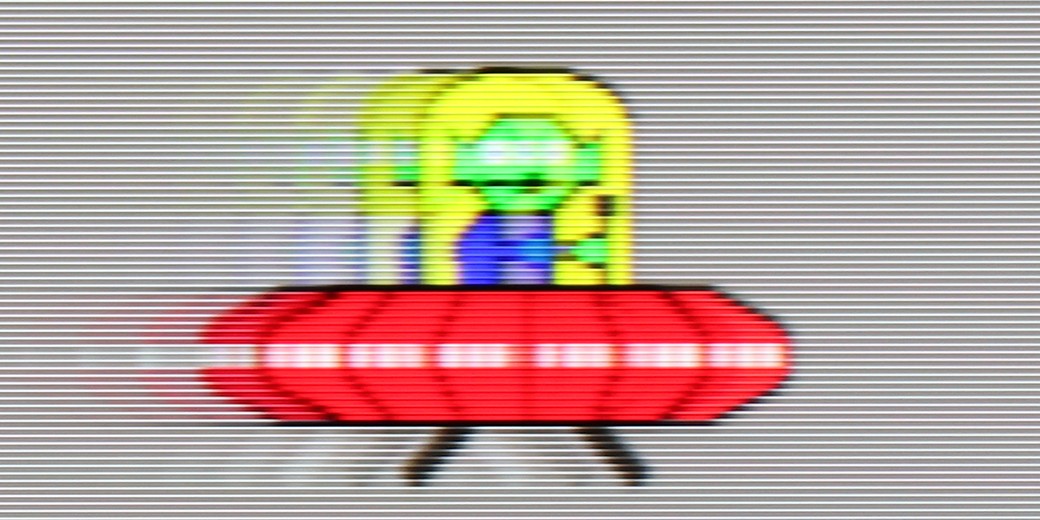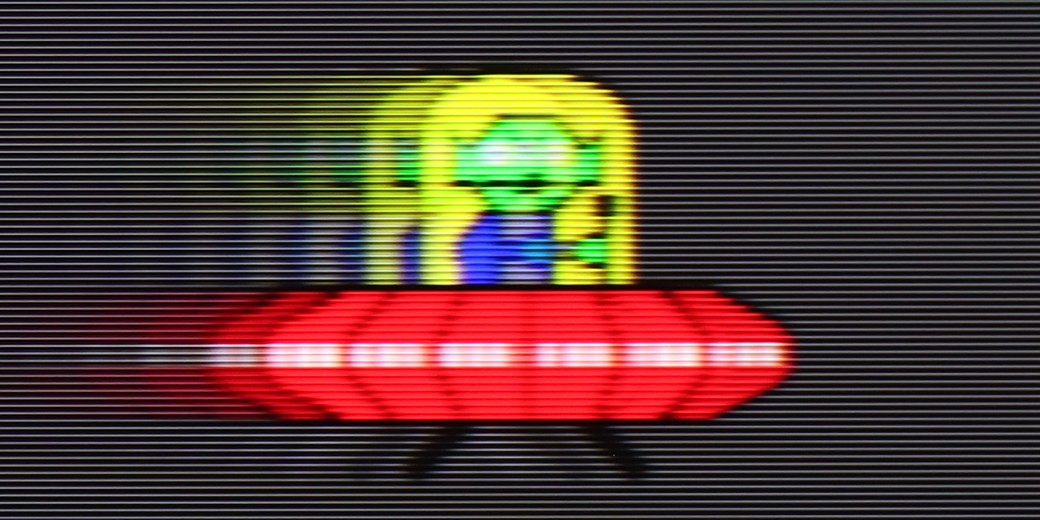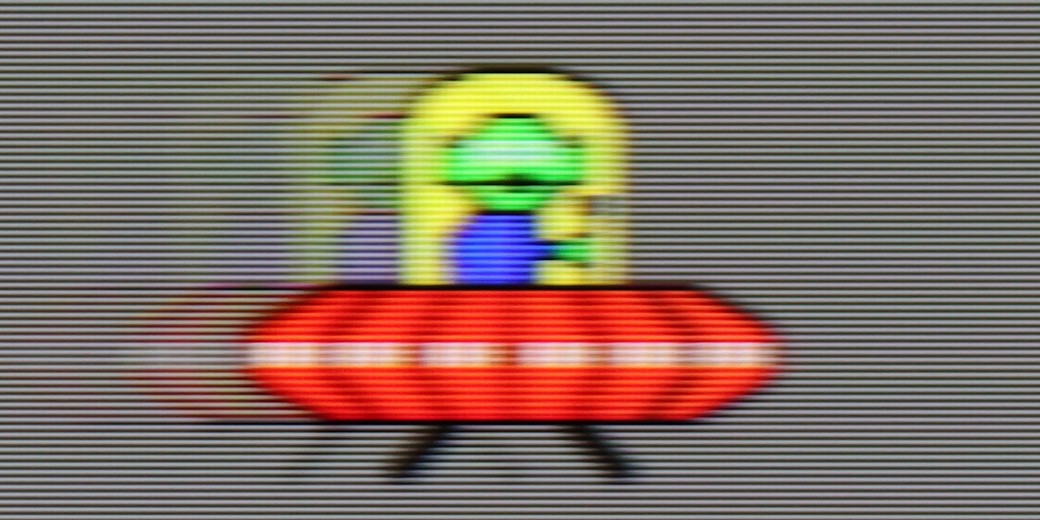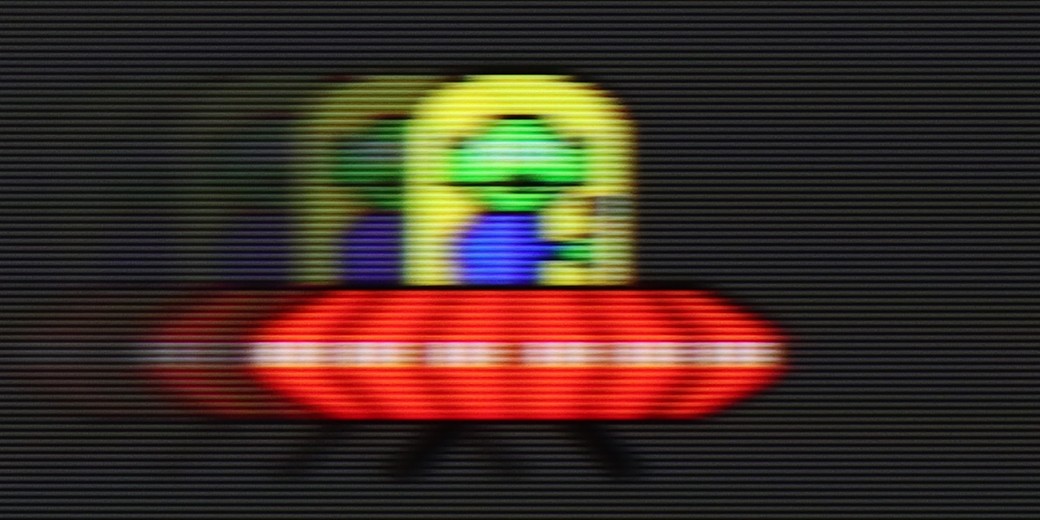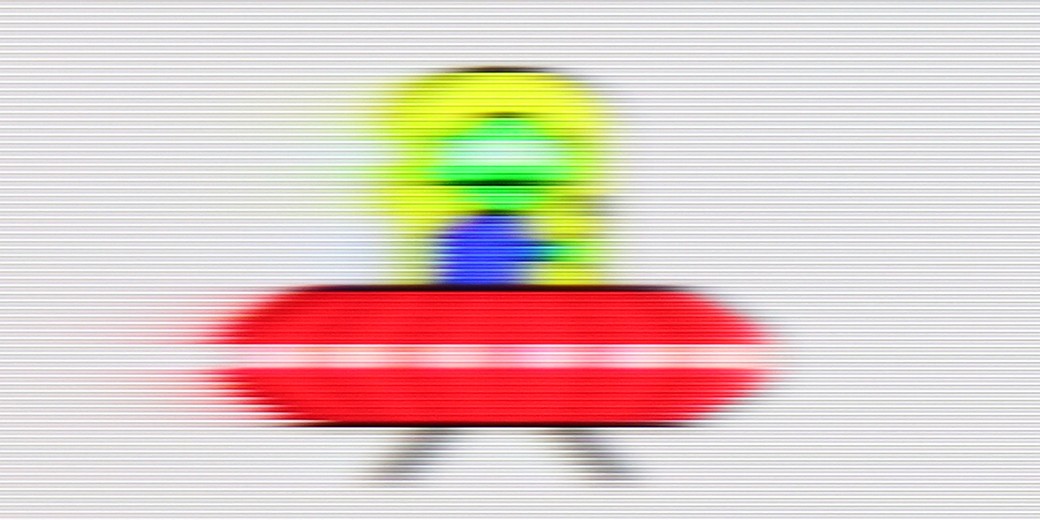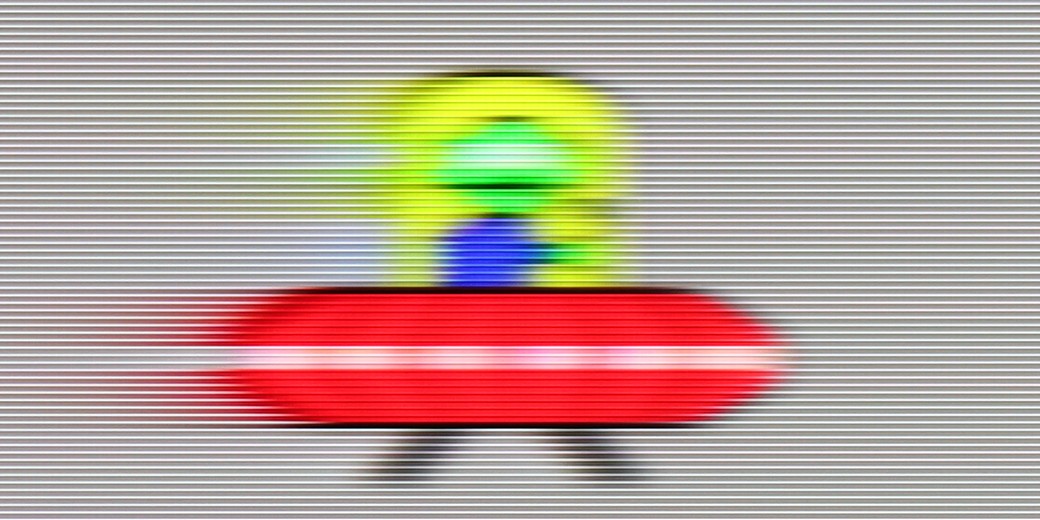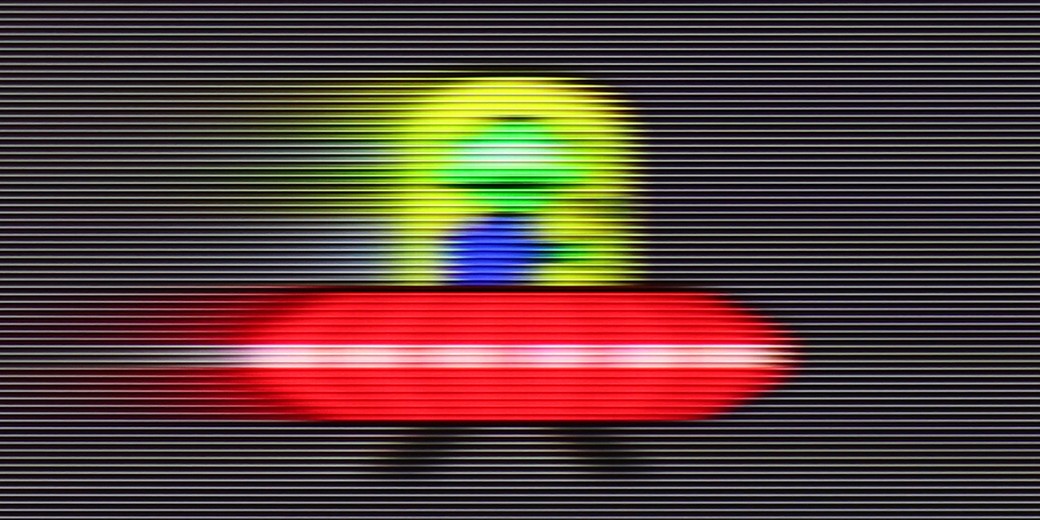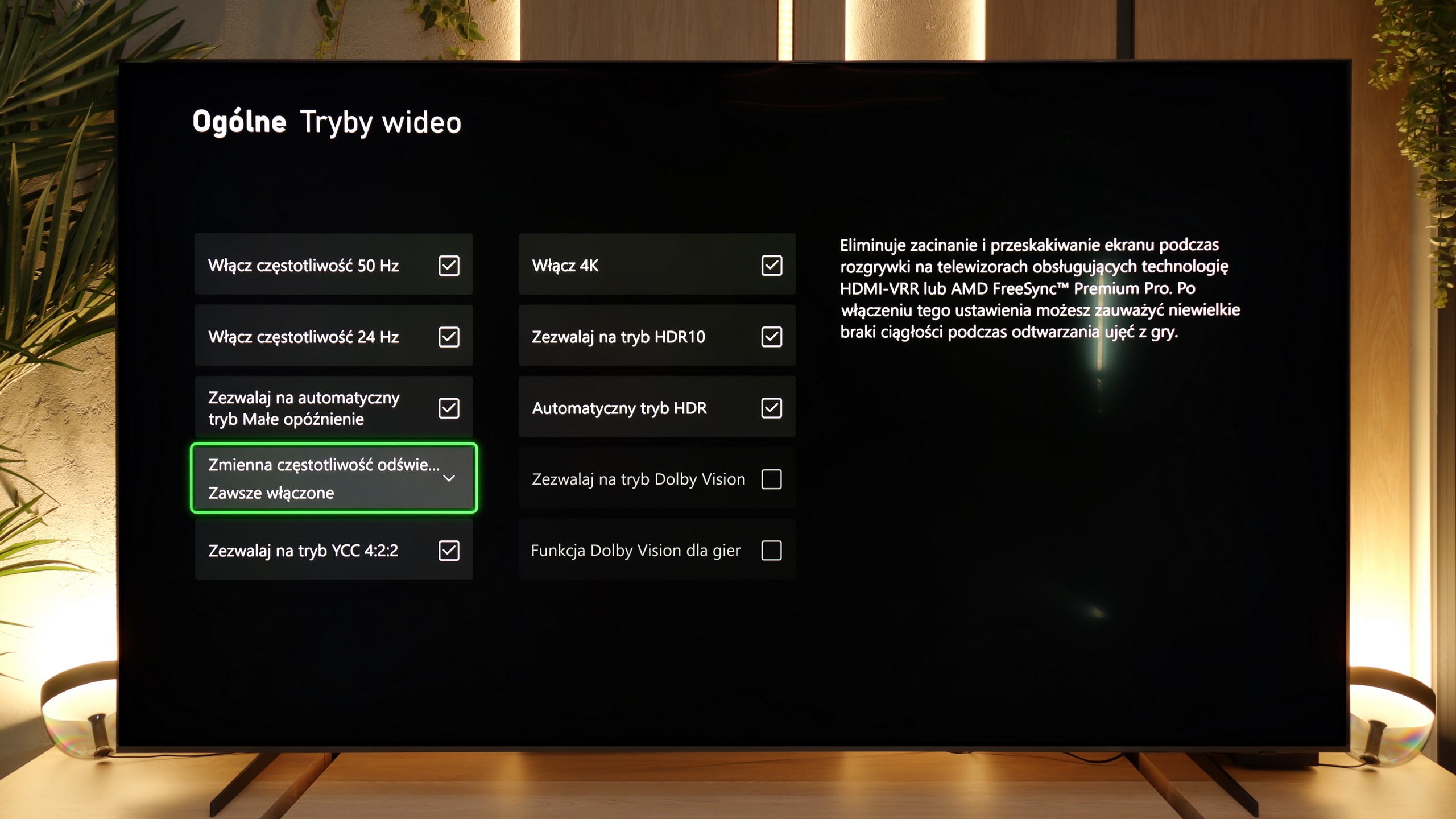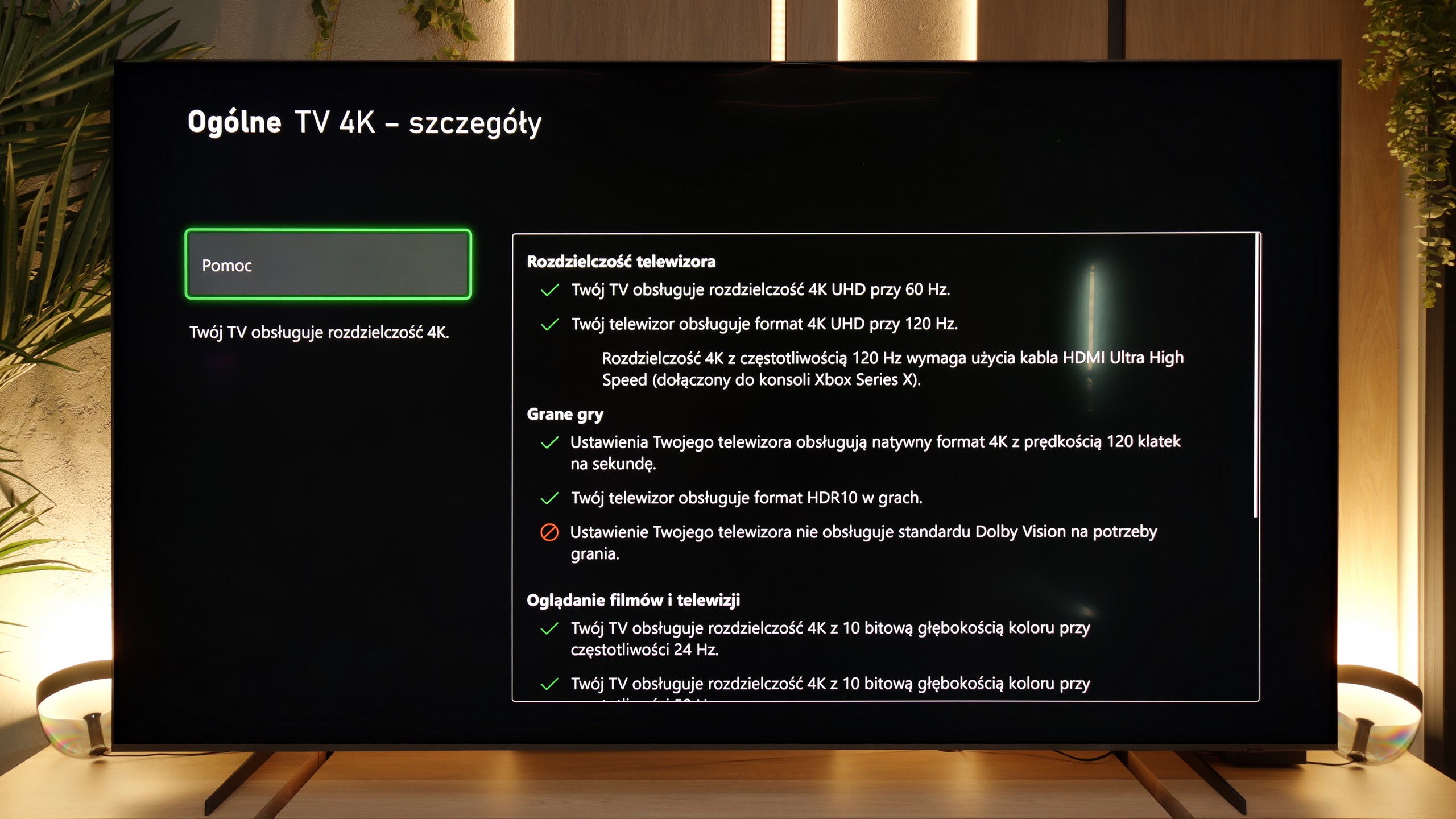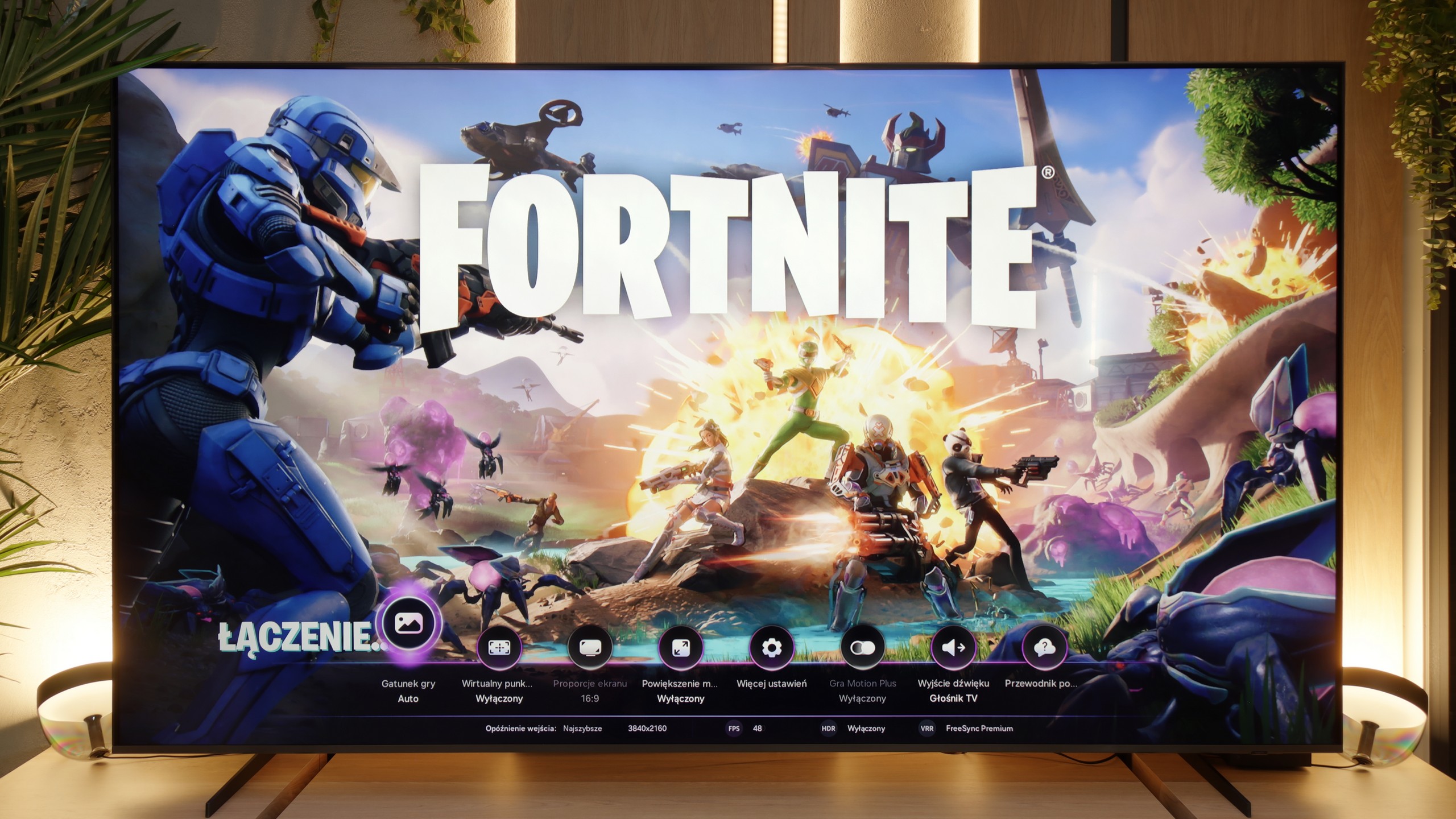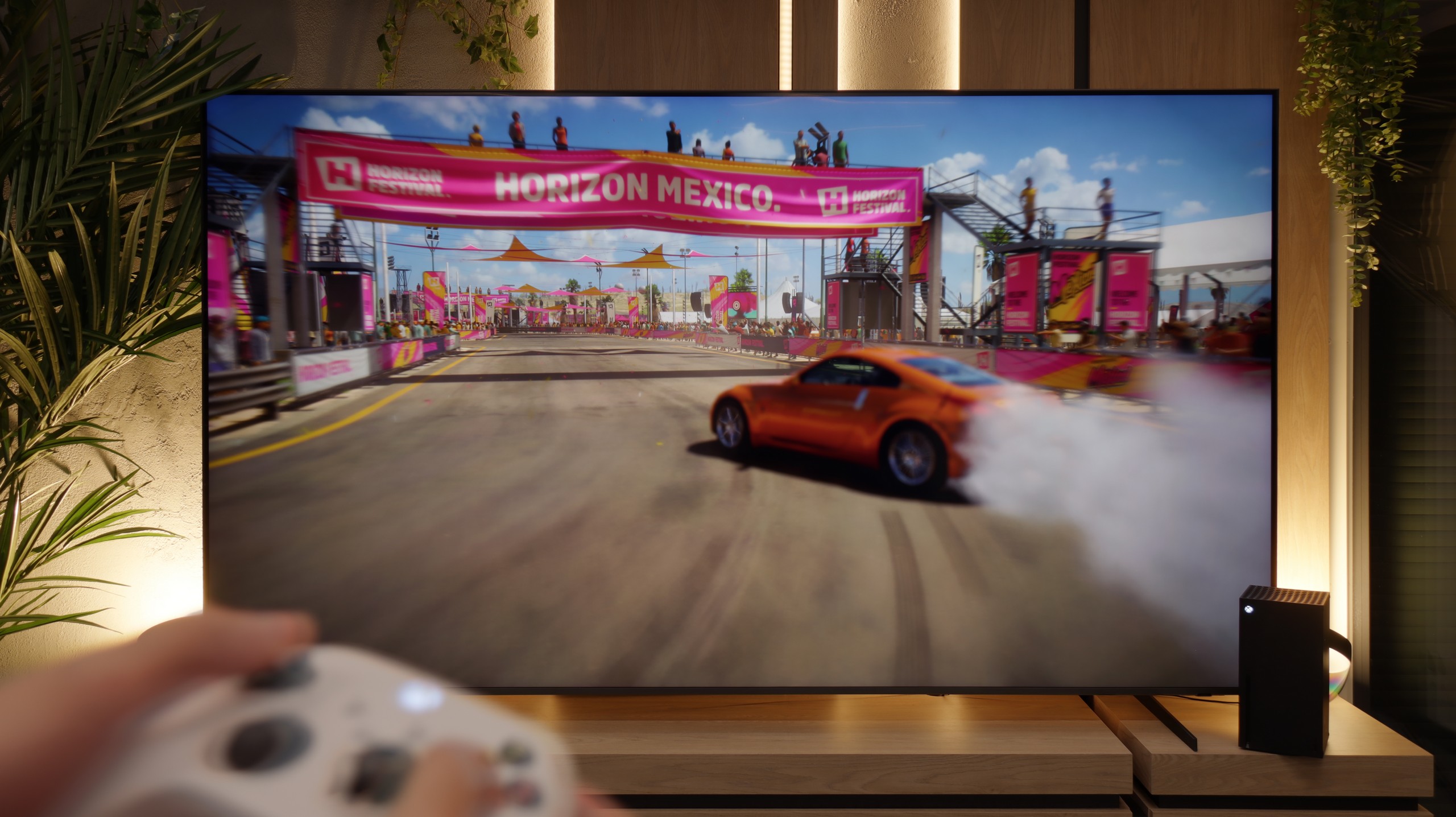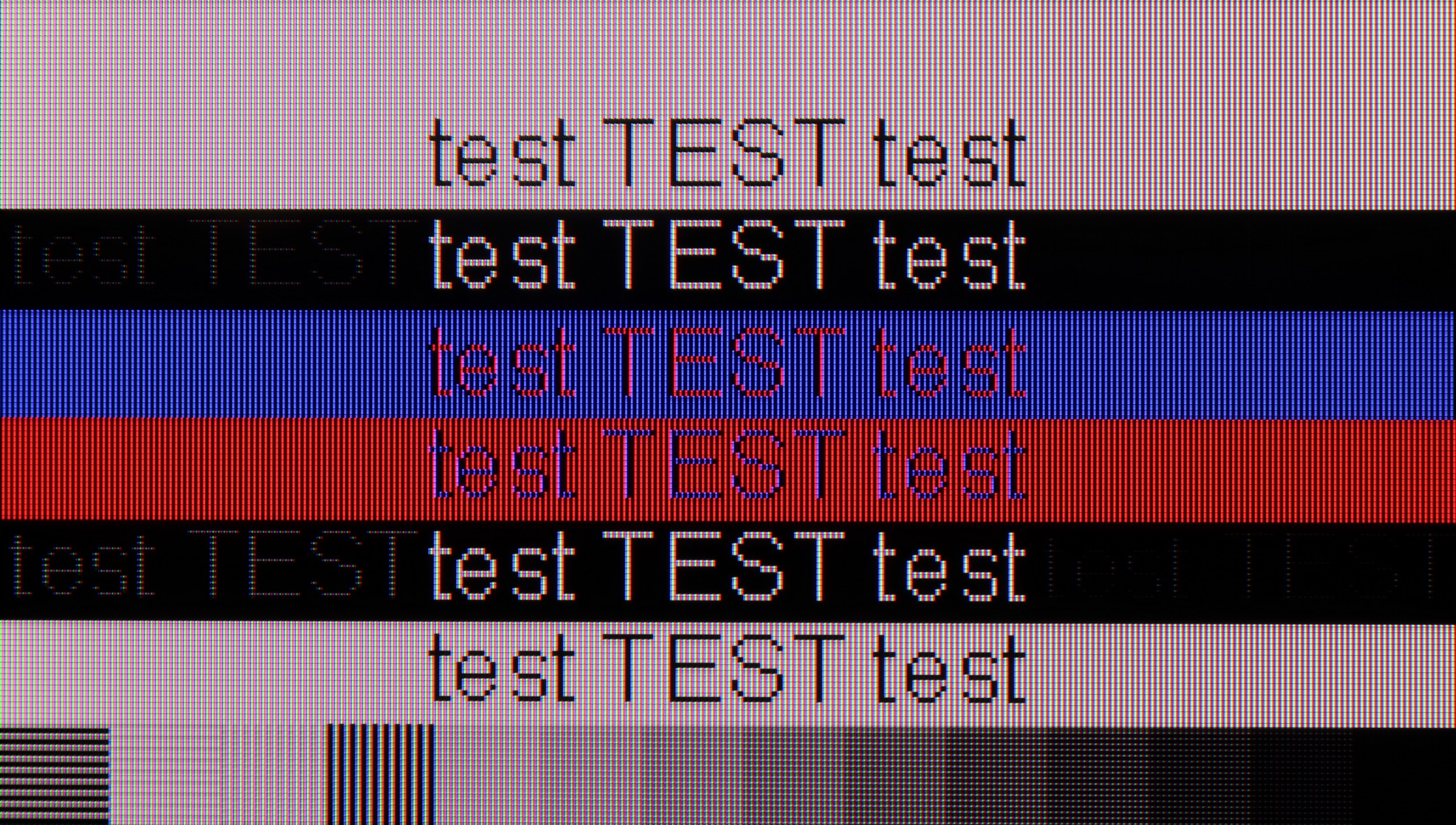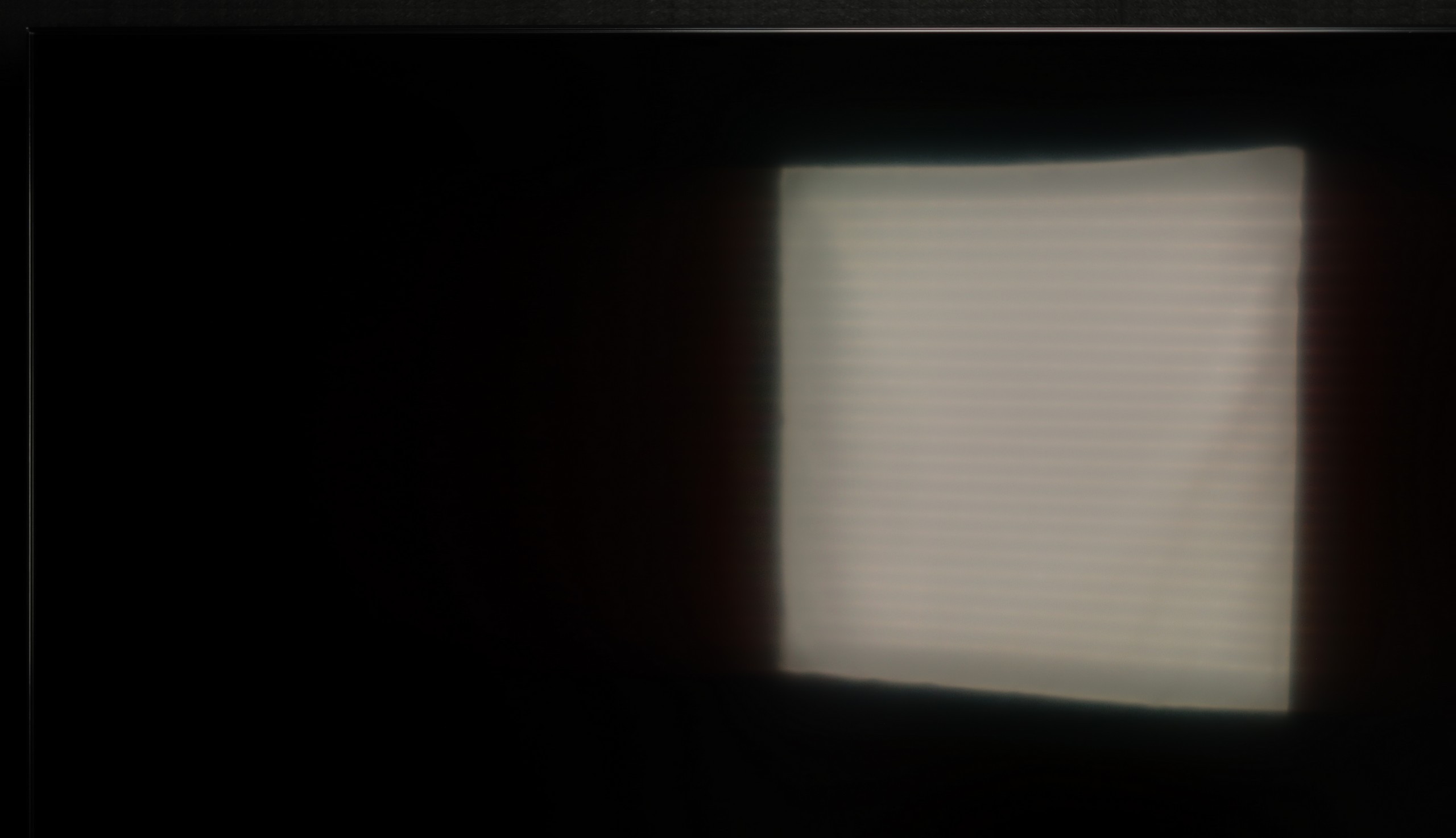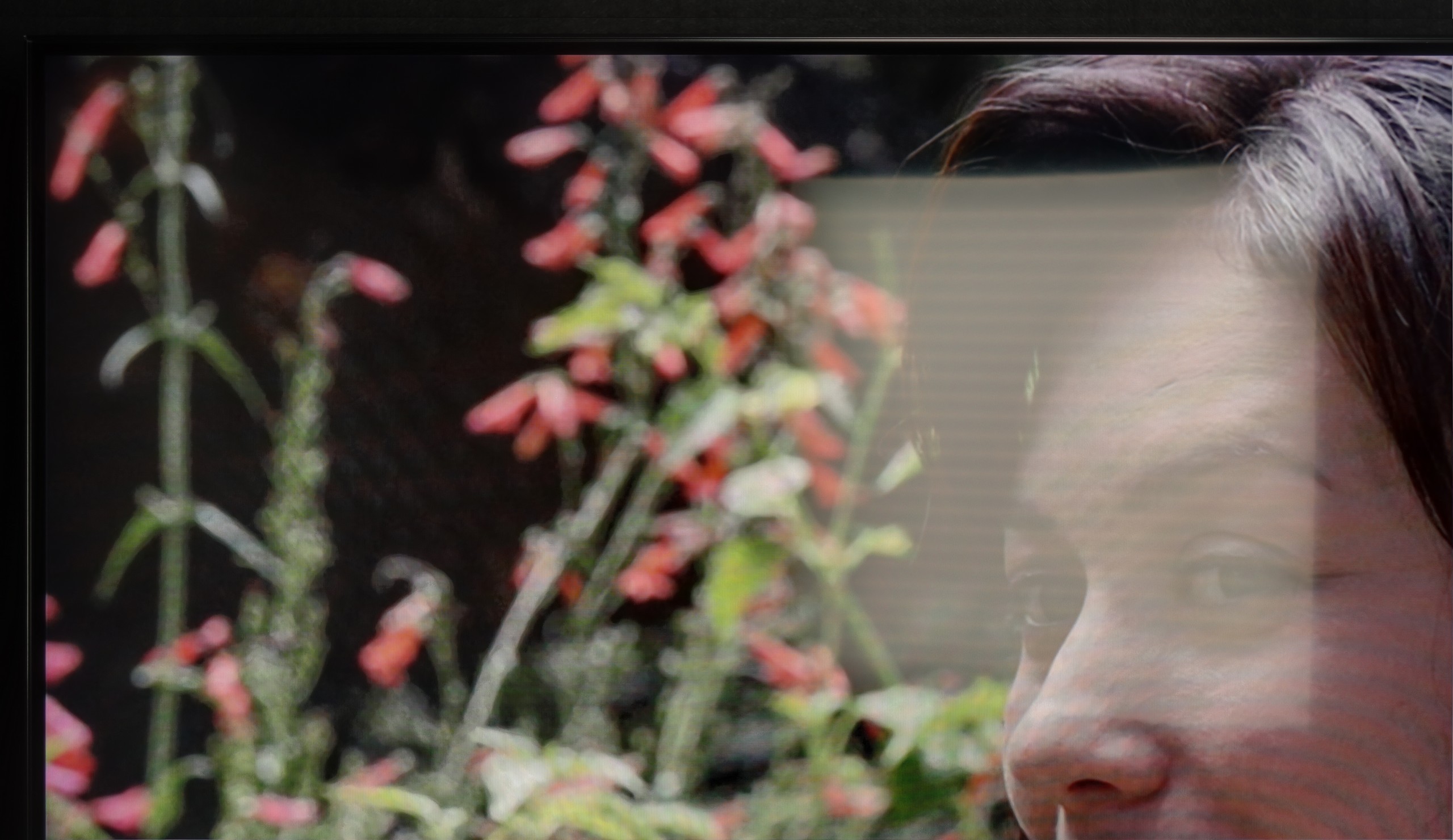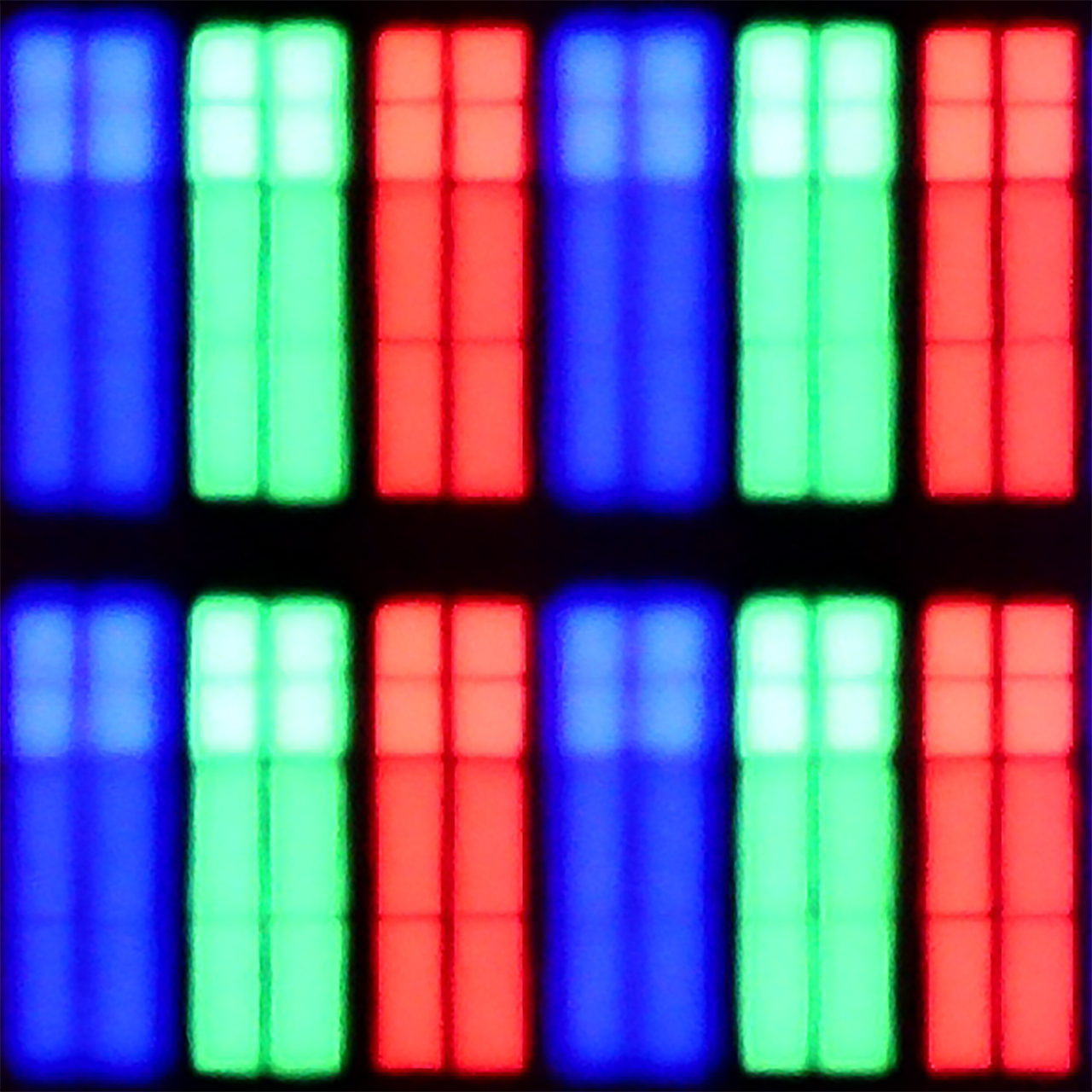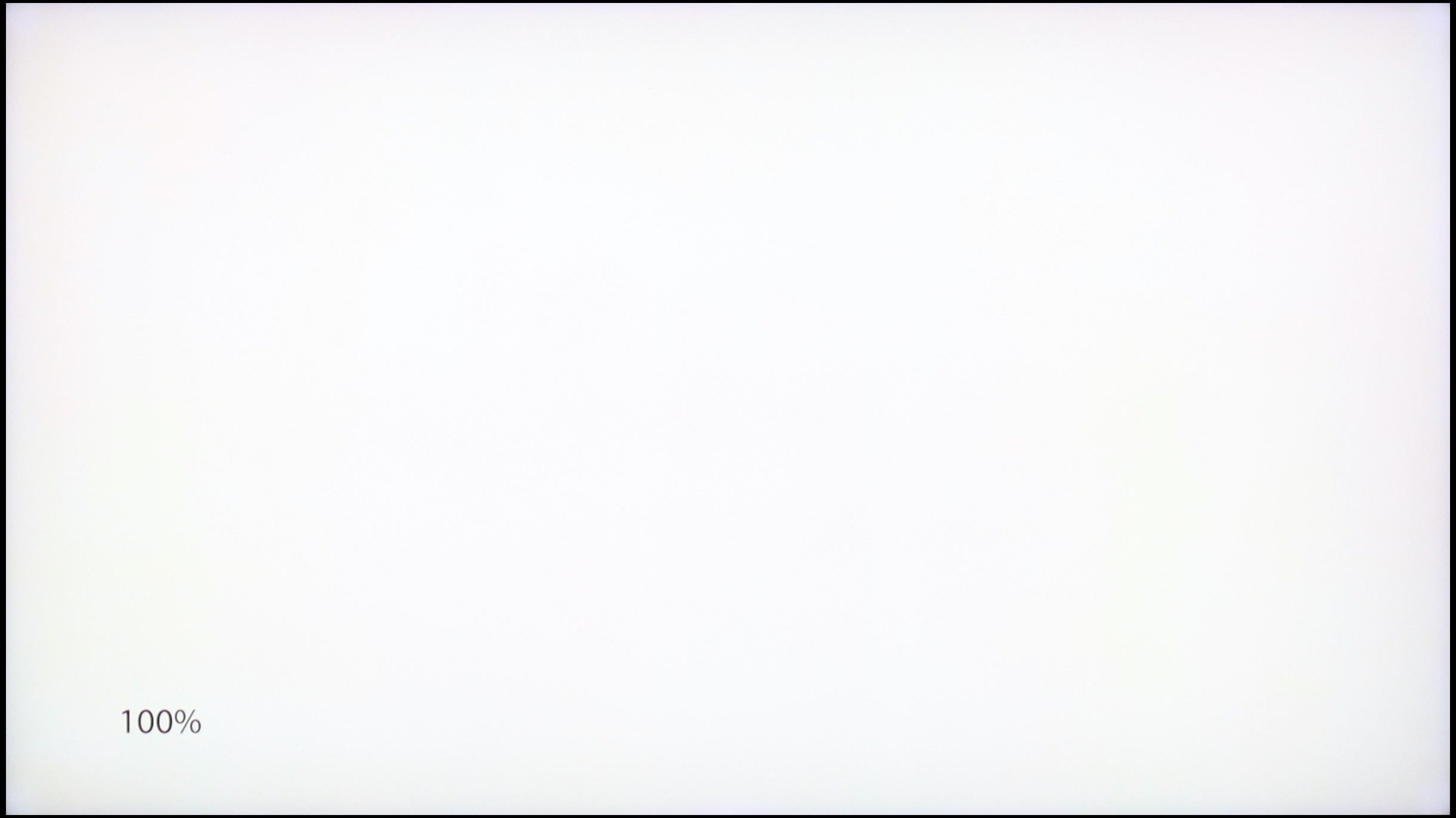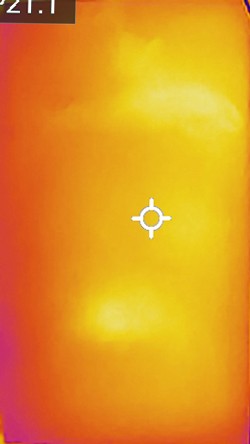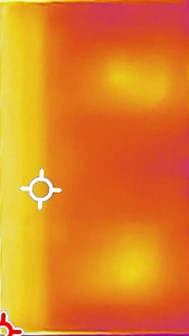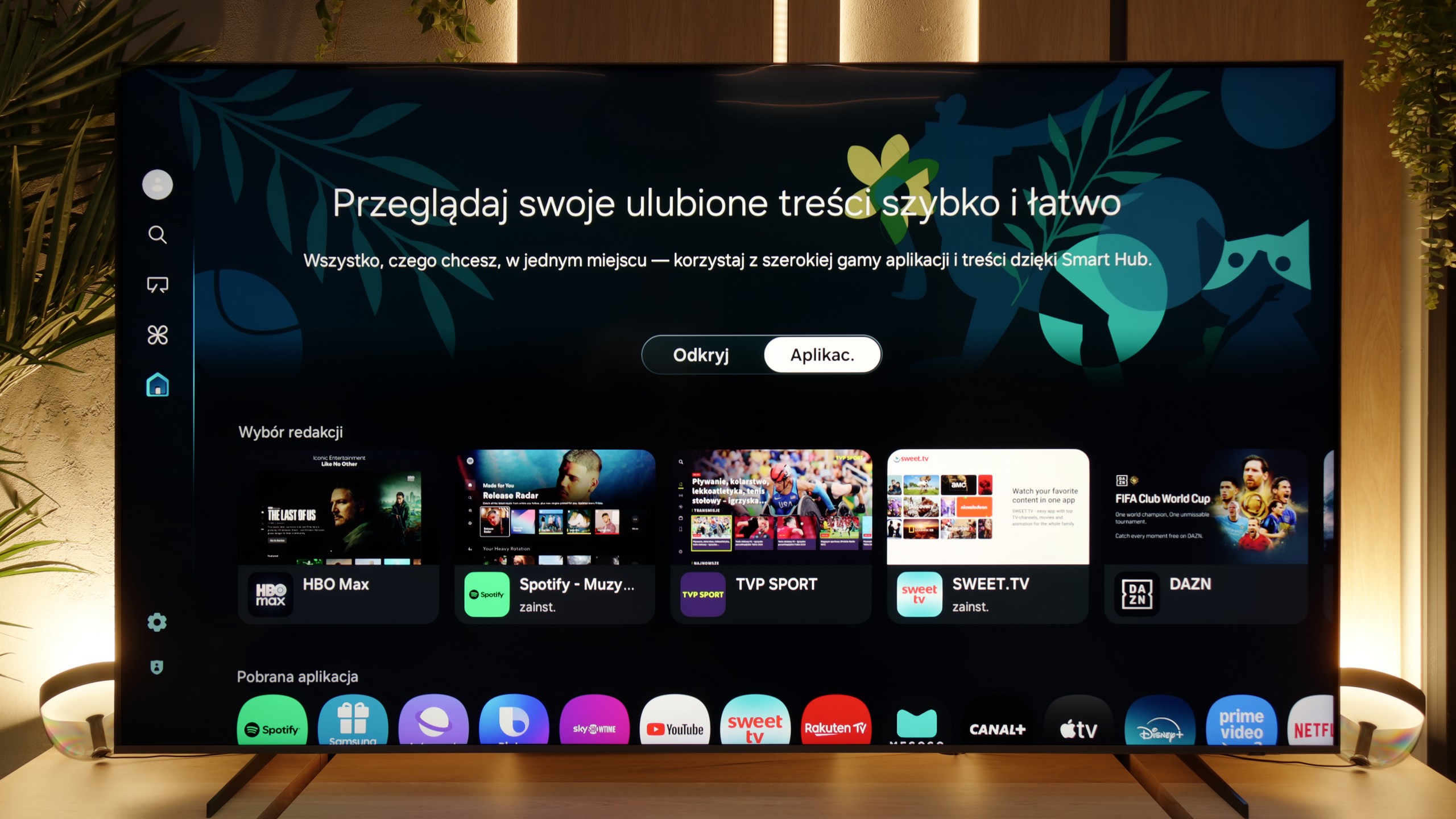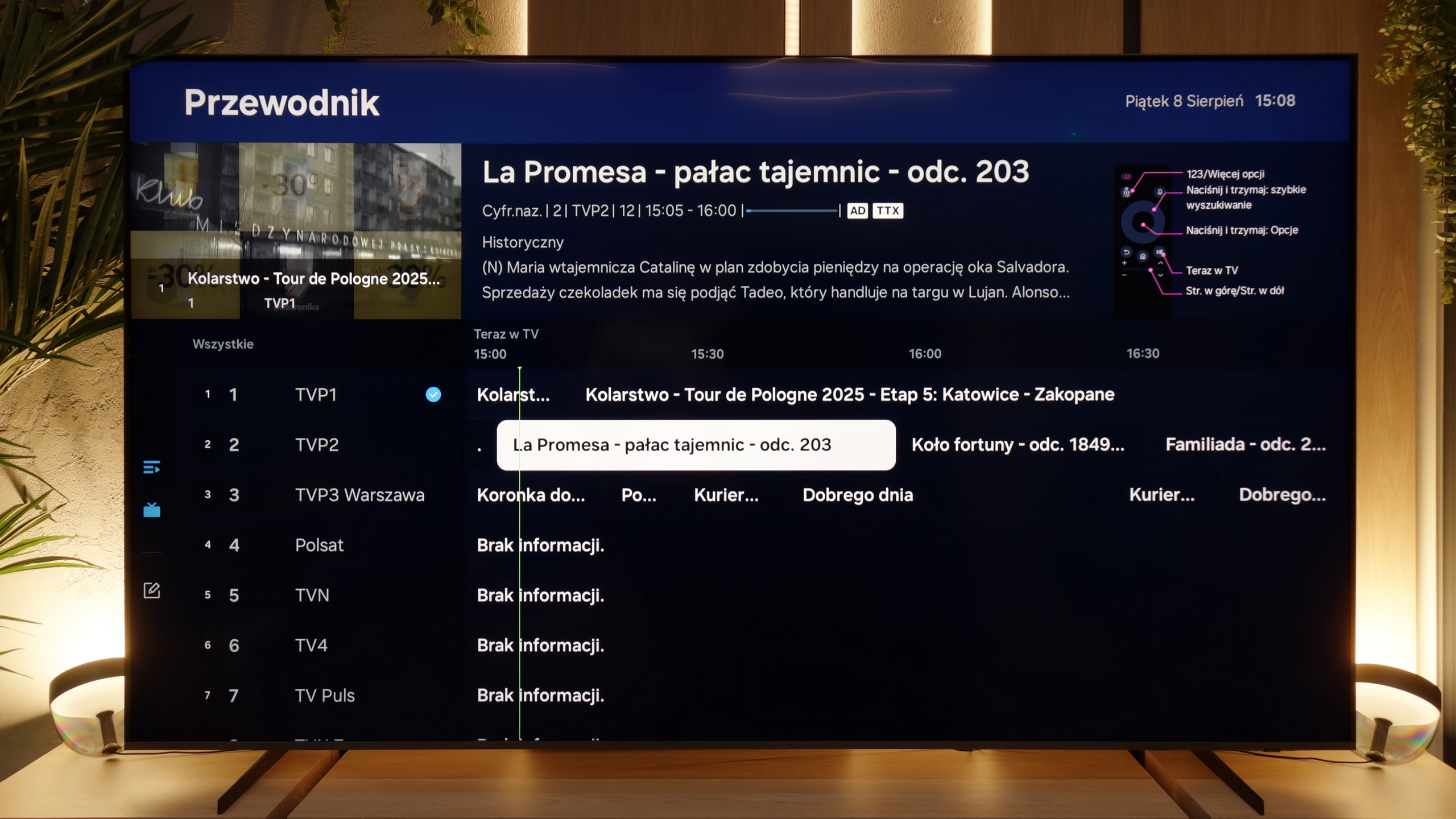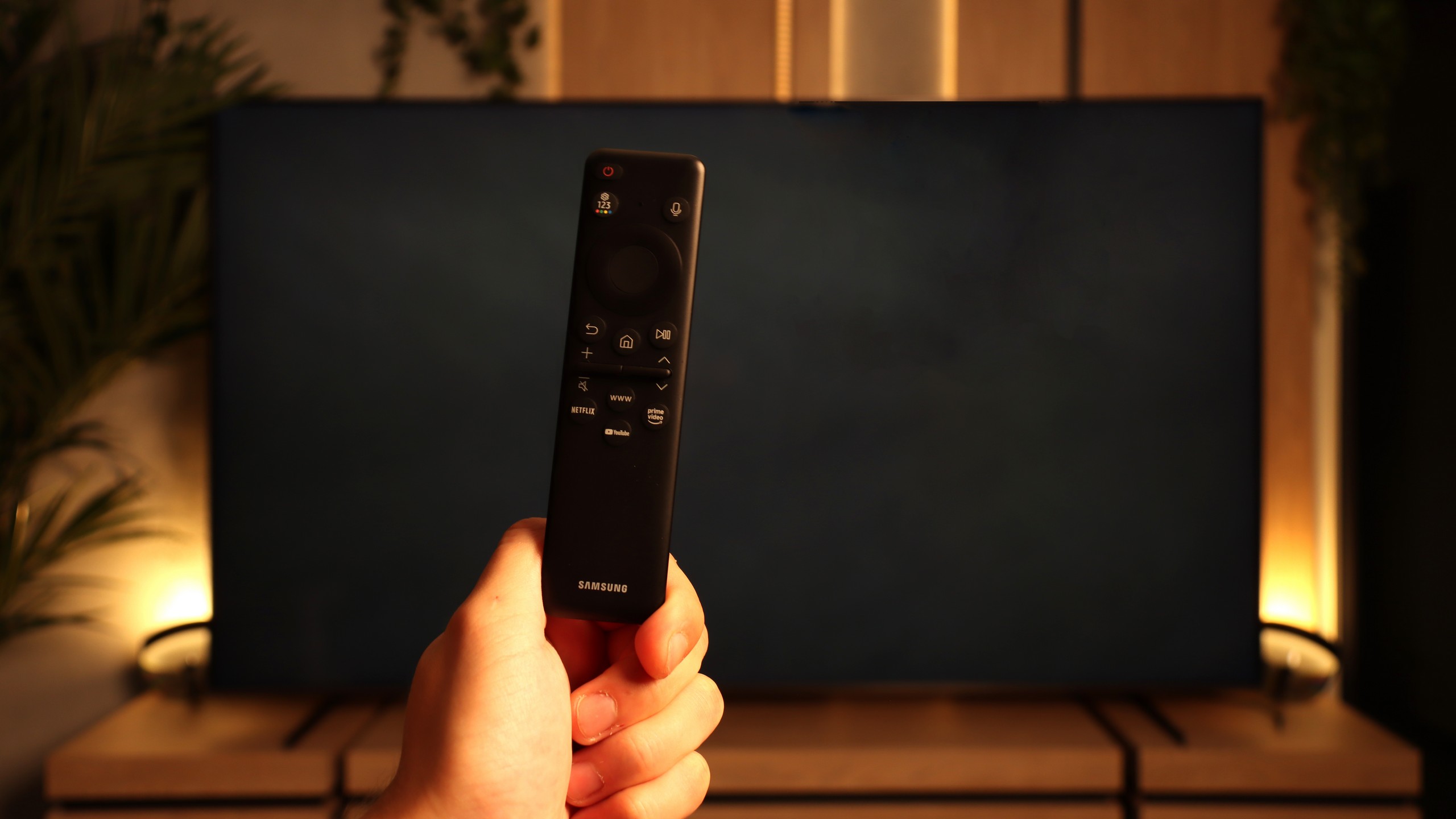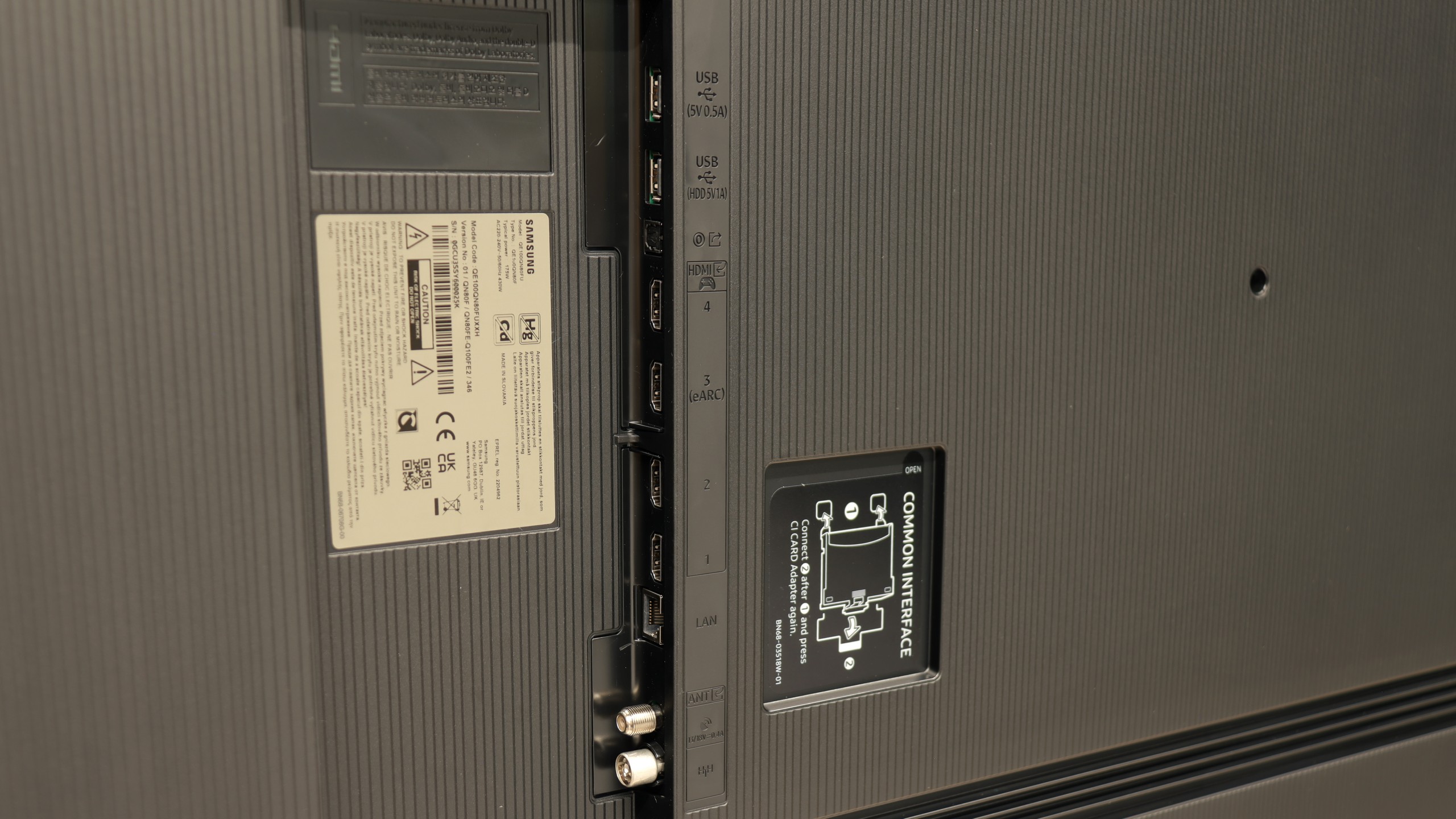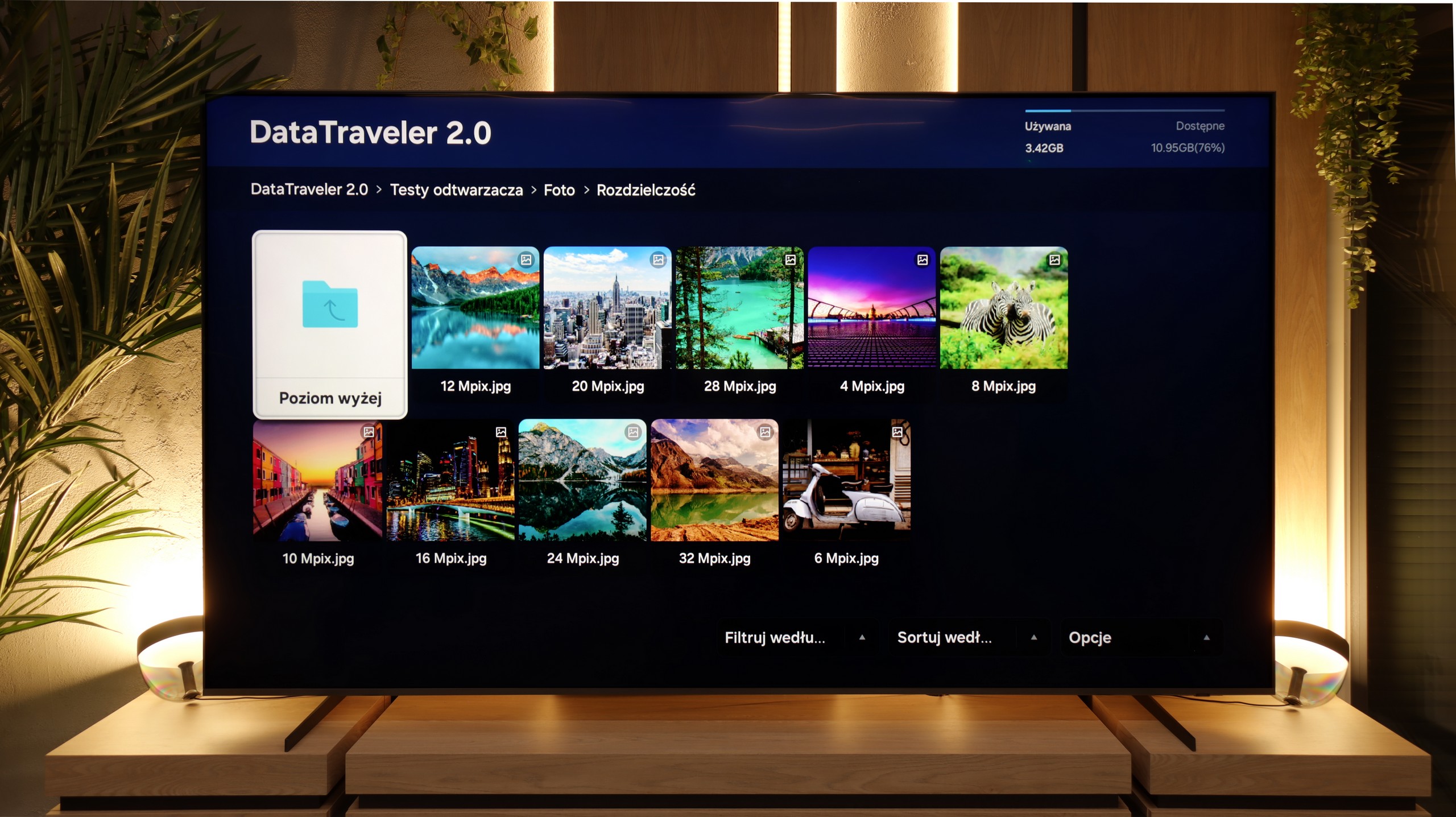QN80F is the first "eighty" from Samsung available in a 100-inch version (previously "only" 98 inches 😉) and it is also the model that has made it into the series with Mini LED backlighting. And it must be admitted that at this scale, it performs really well. Although the number of dimming zones is not impressive considering such a huge screen, the contrast and blacks are at a solid level, and combined with high brightness, the TV can deliver great experiences in HDR movies and series. The 144 Hz panel ensures smooth motion, and the full set of features for gamers – VRR, ALLM, or Game Motion Plus – makes it hard to define the QN80F as anything other than a screen designed for both console and PC. Additionally, there is fast and stable Tizen, which provides access to all key applications and can act as a smart home hub thanks to the proprietary SmartThings app. Of course, there are some shortcomings – there is no Dolby Vision, no USB recording, and the viewing angles at 100 inches can be really problematic. Mini LED still has its limitations, so those expecting absolutely perfect blacks need to keep this in mind. On the other hand, given the current prices of OLEDs in such sizes, it is hard to talk about real competition.
QN80F is a versatile TV, well-crafted, and providing a lot of satisfaction on a daily basis. Looking at the history of this series, one can be sure that as soon as it appears at reasonable promotions, it will be one of the most interesting offers in its class. And if Samsung refines the minor shortcomings with updates, this 100-inch beast could prove truly difficult to beat just like its smaller variants.
